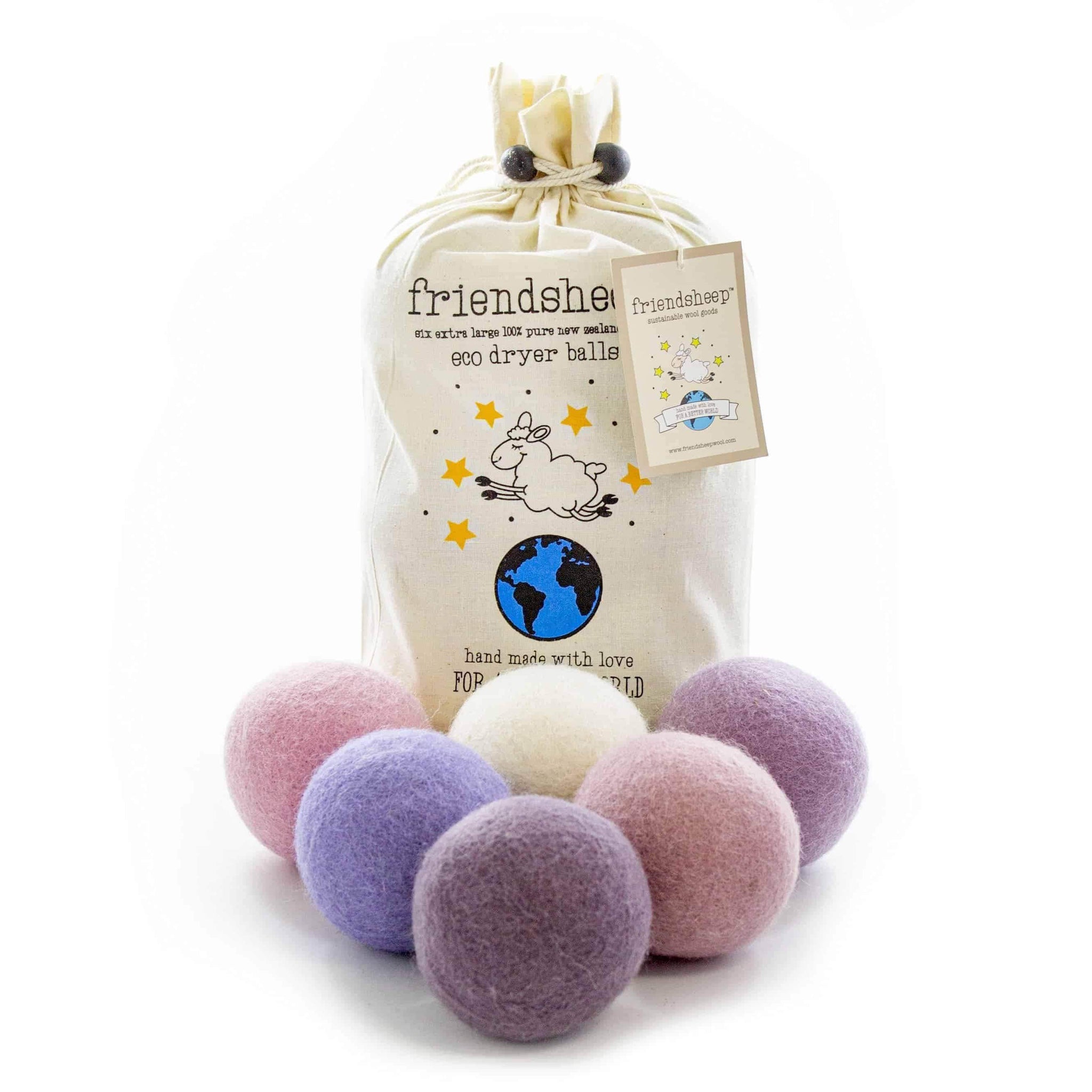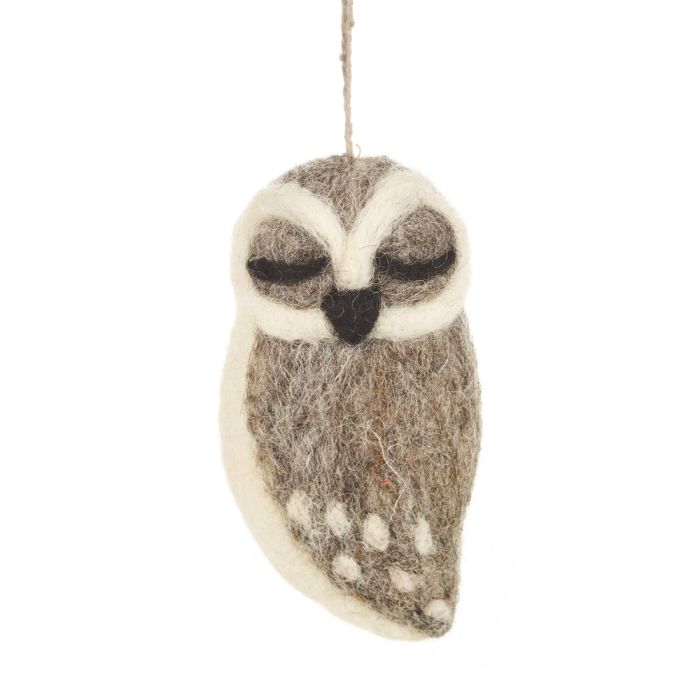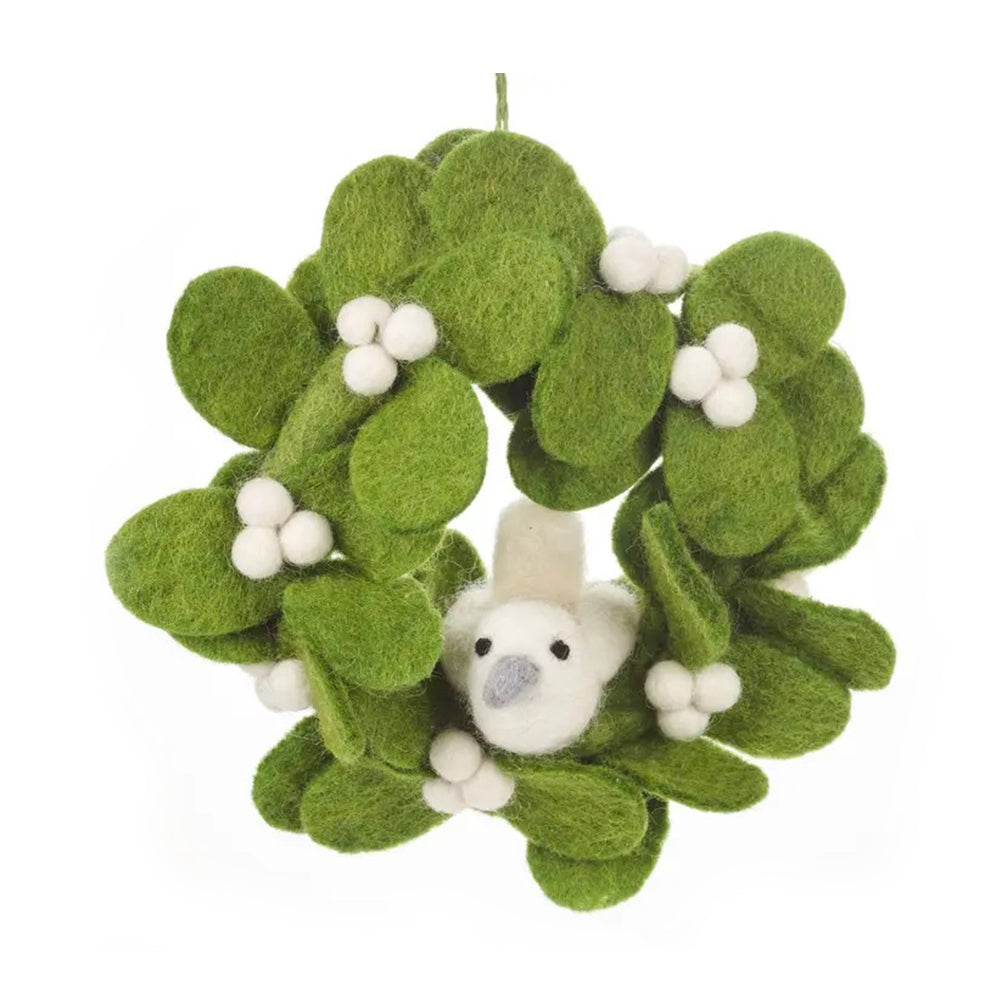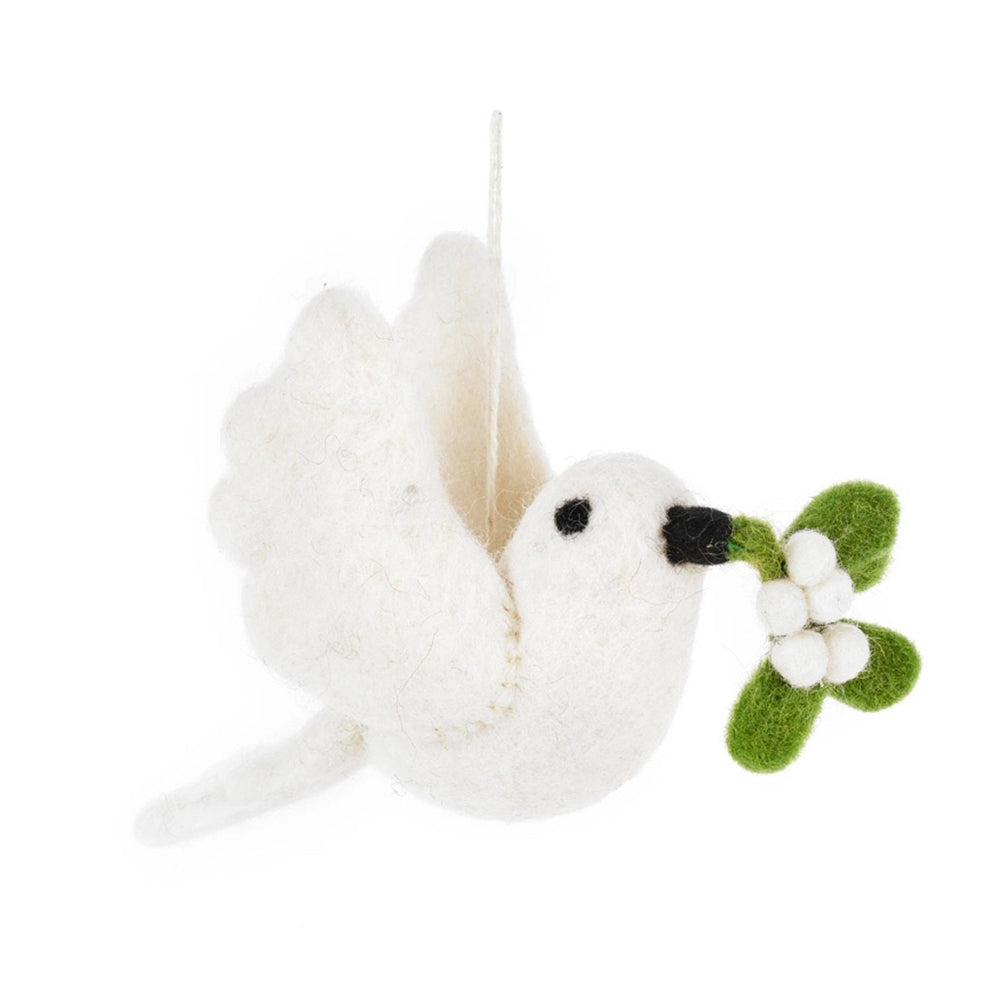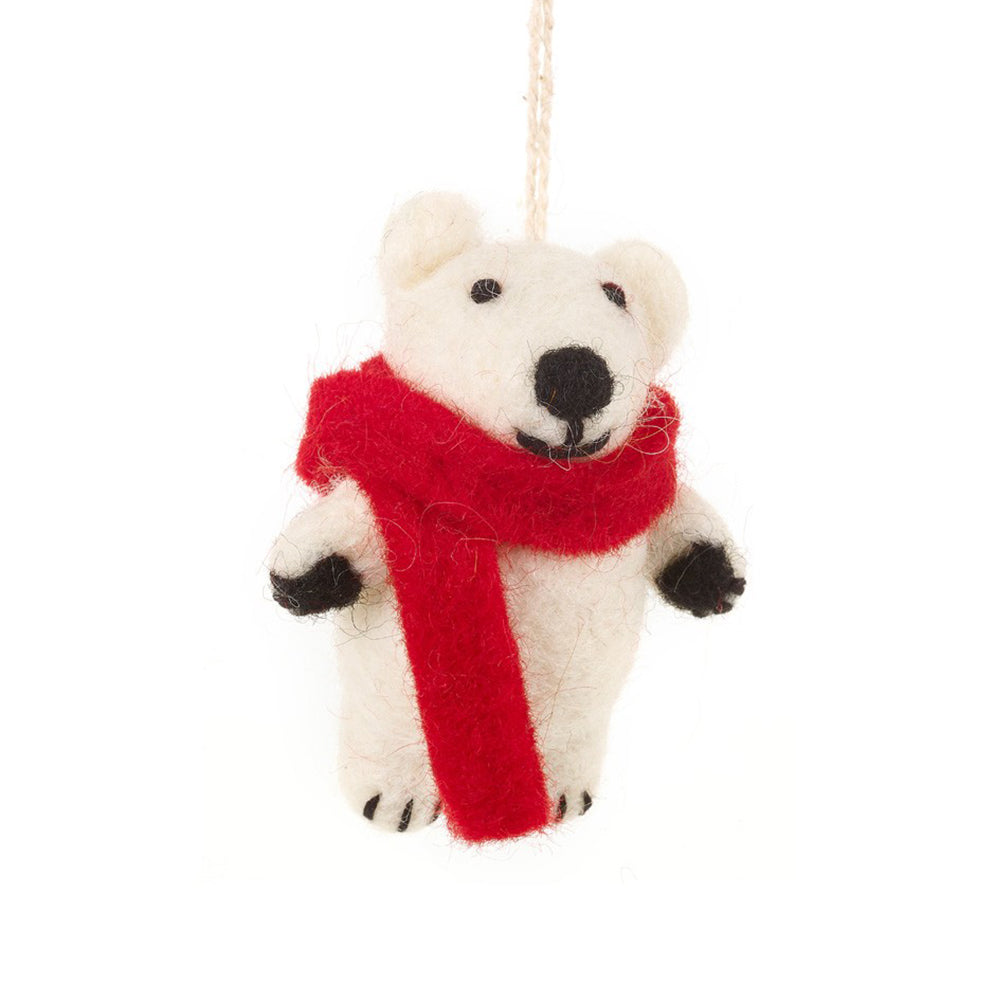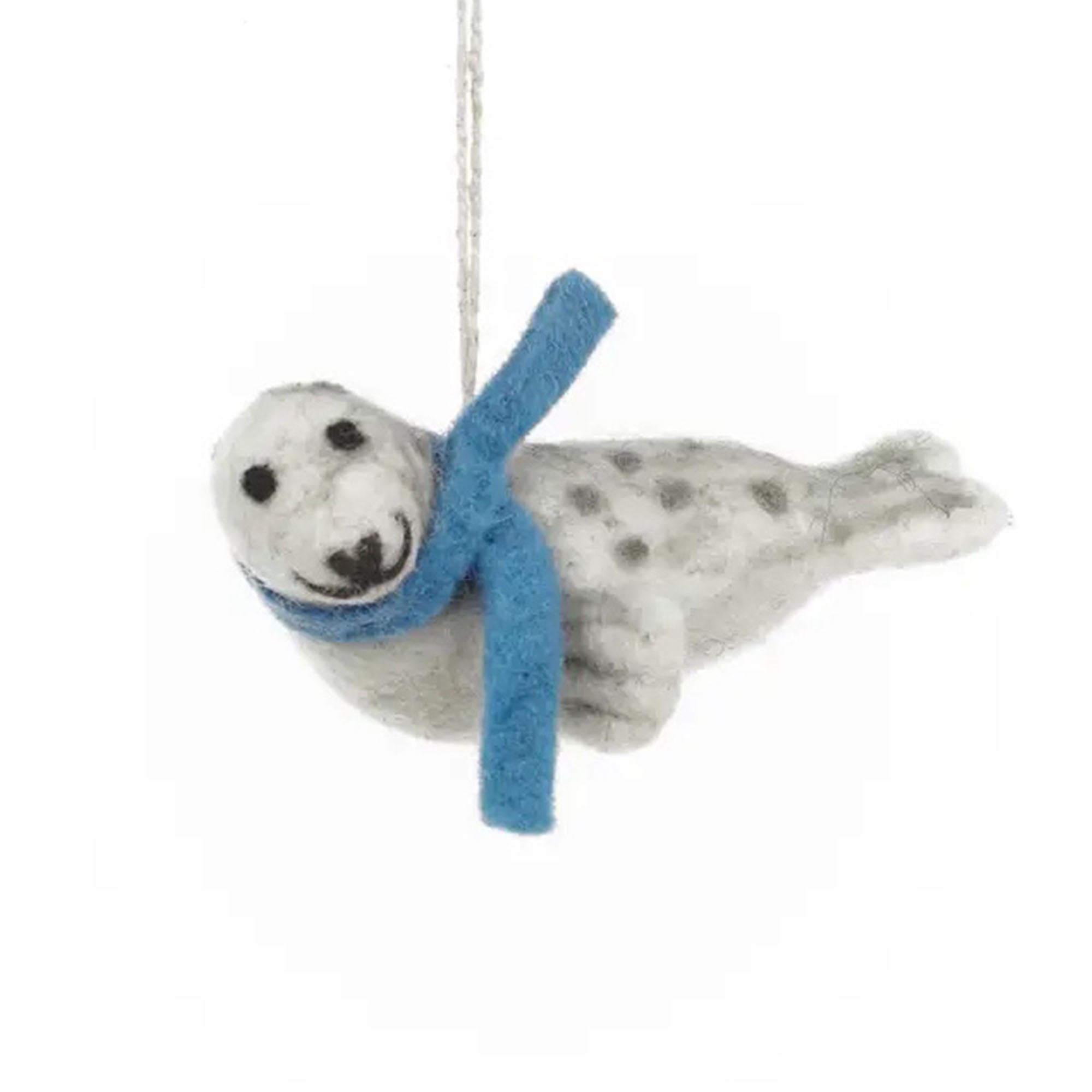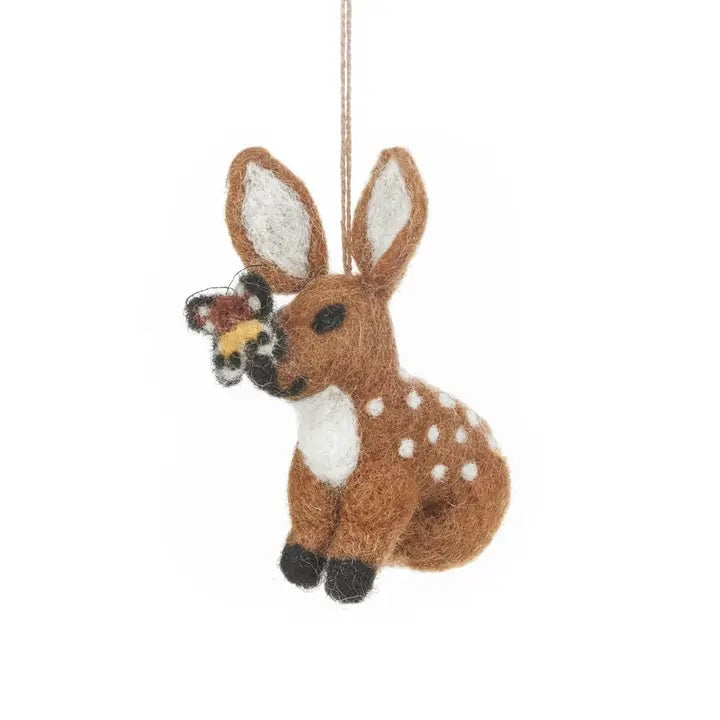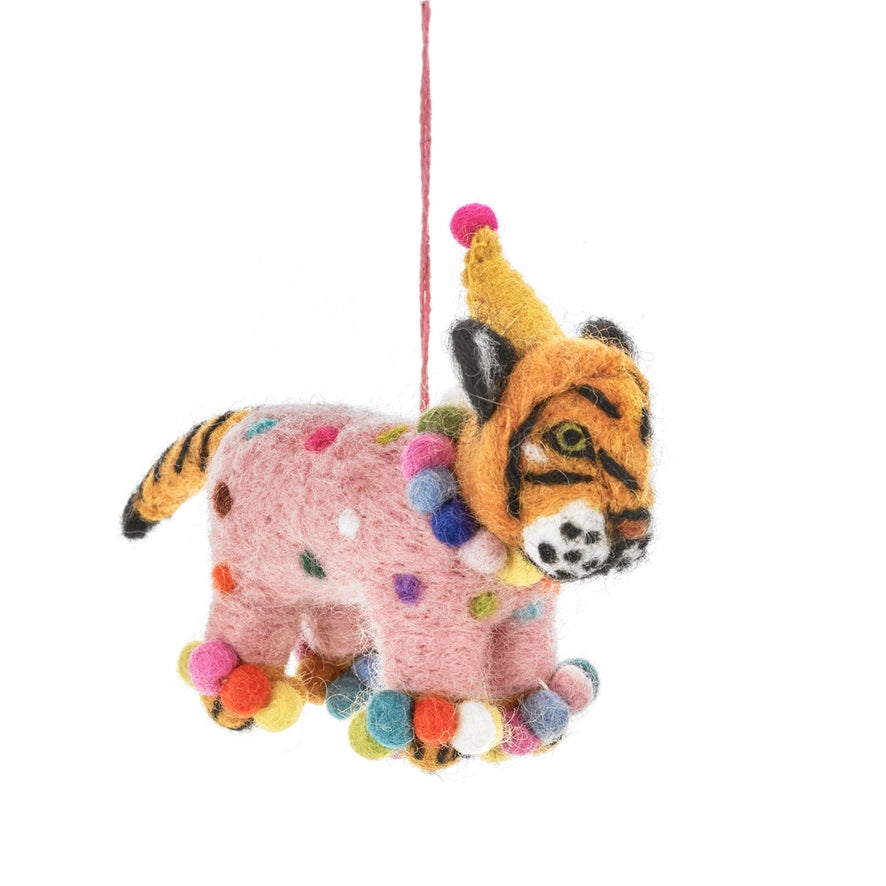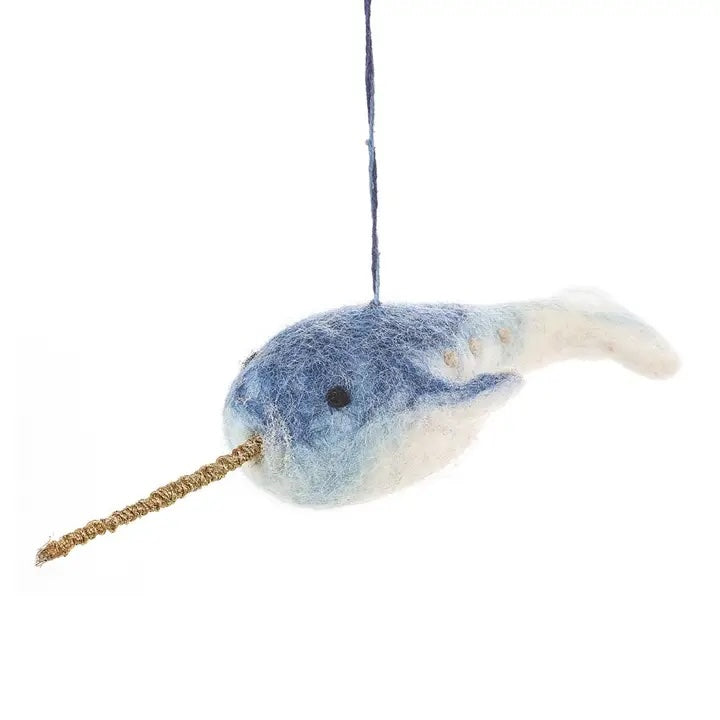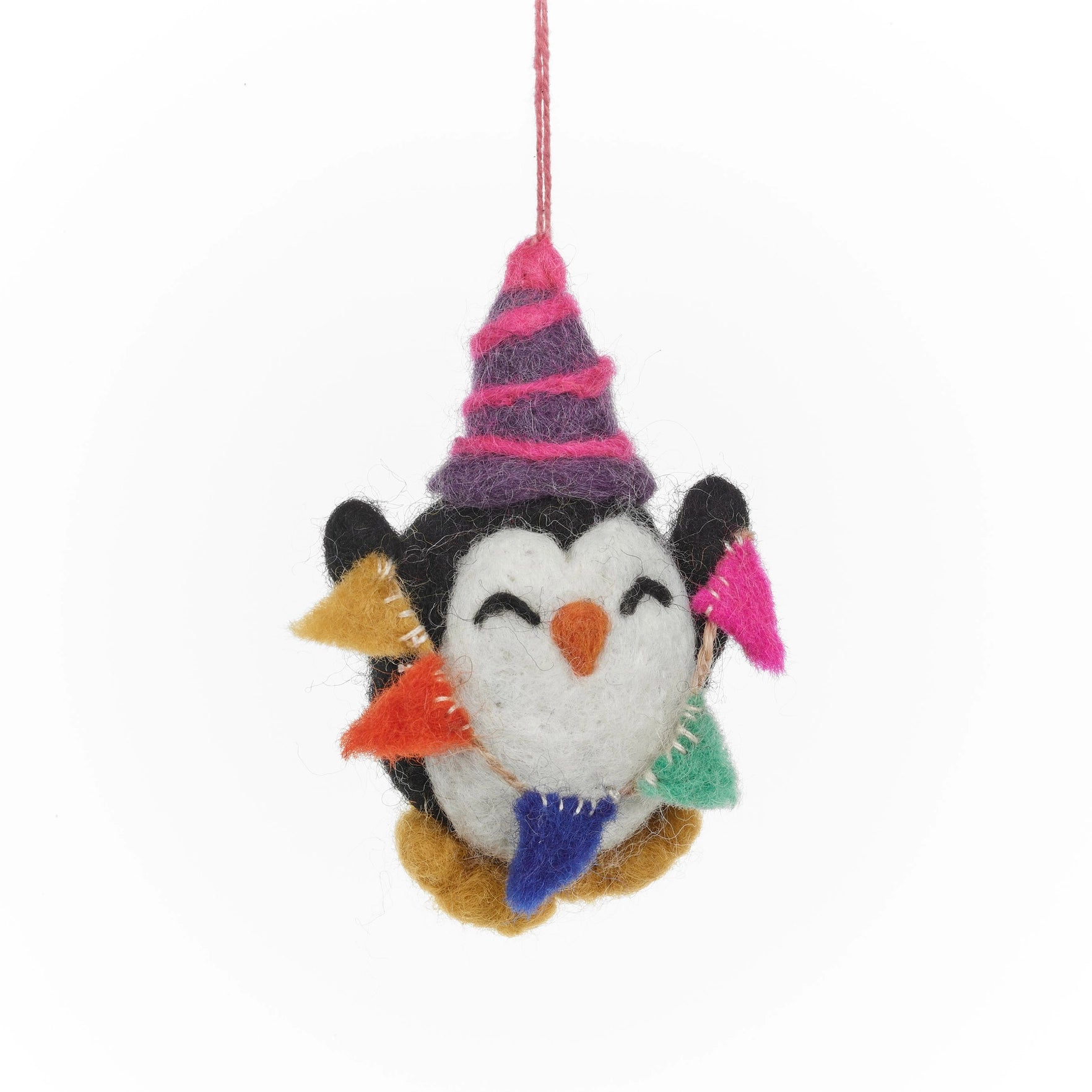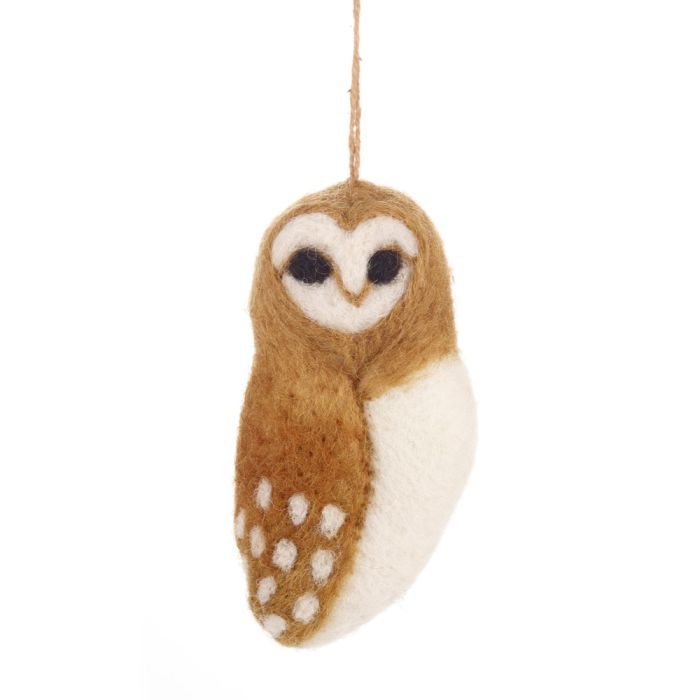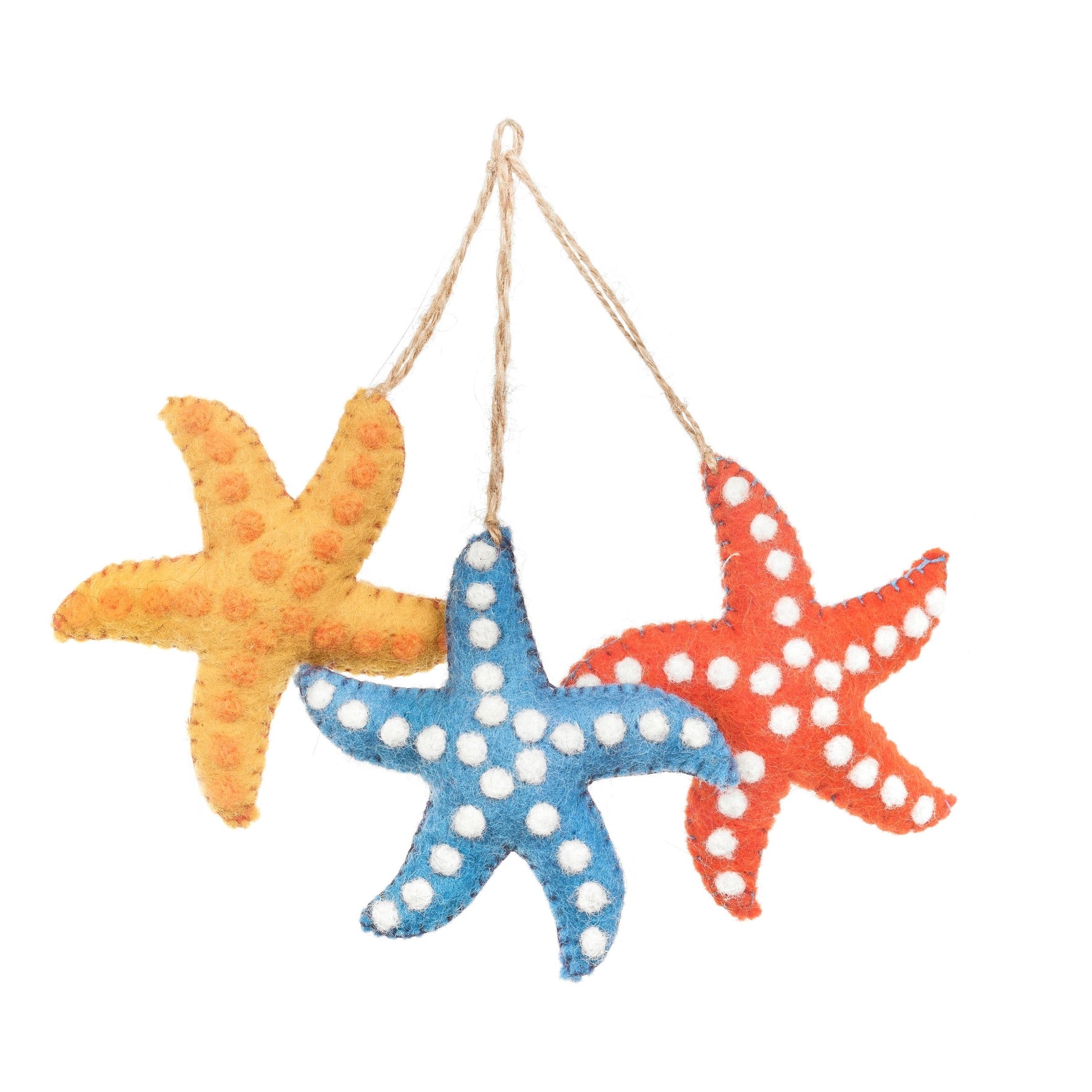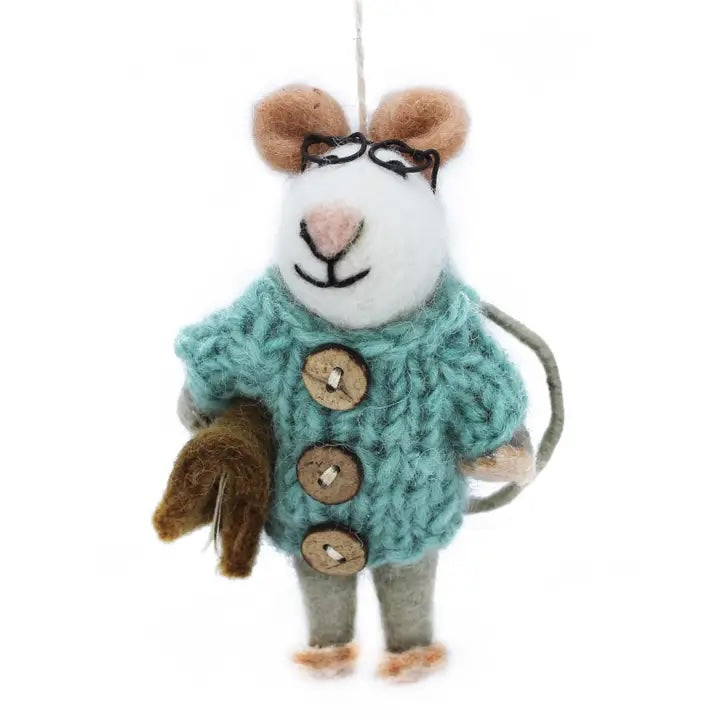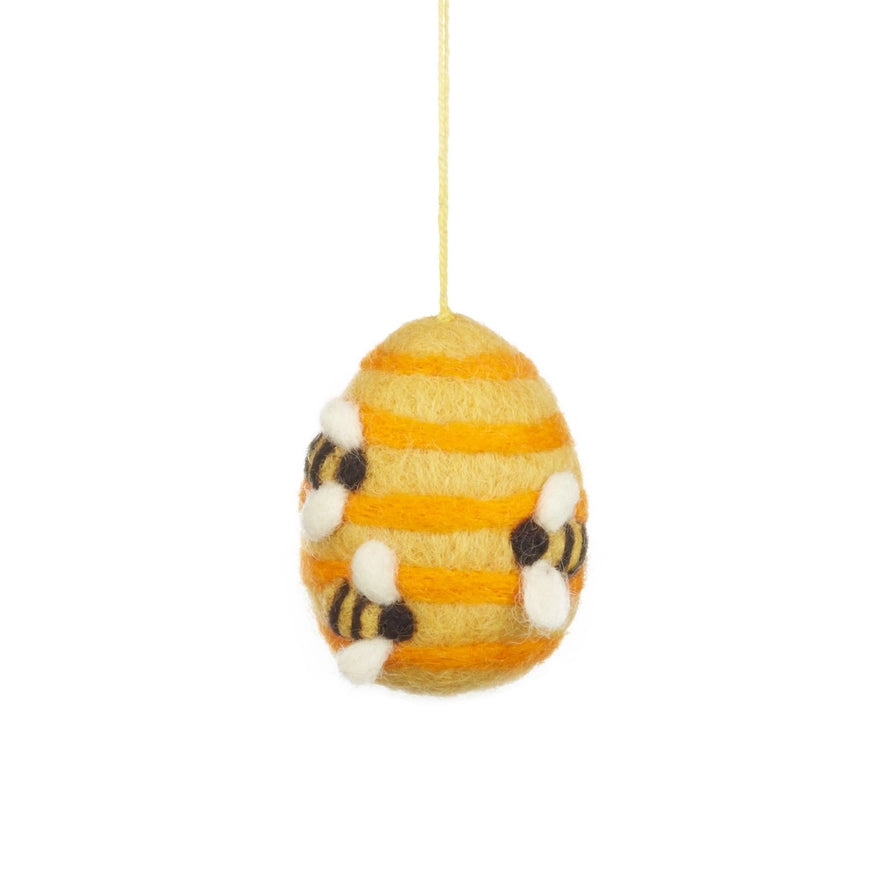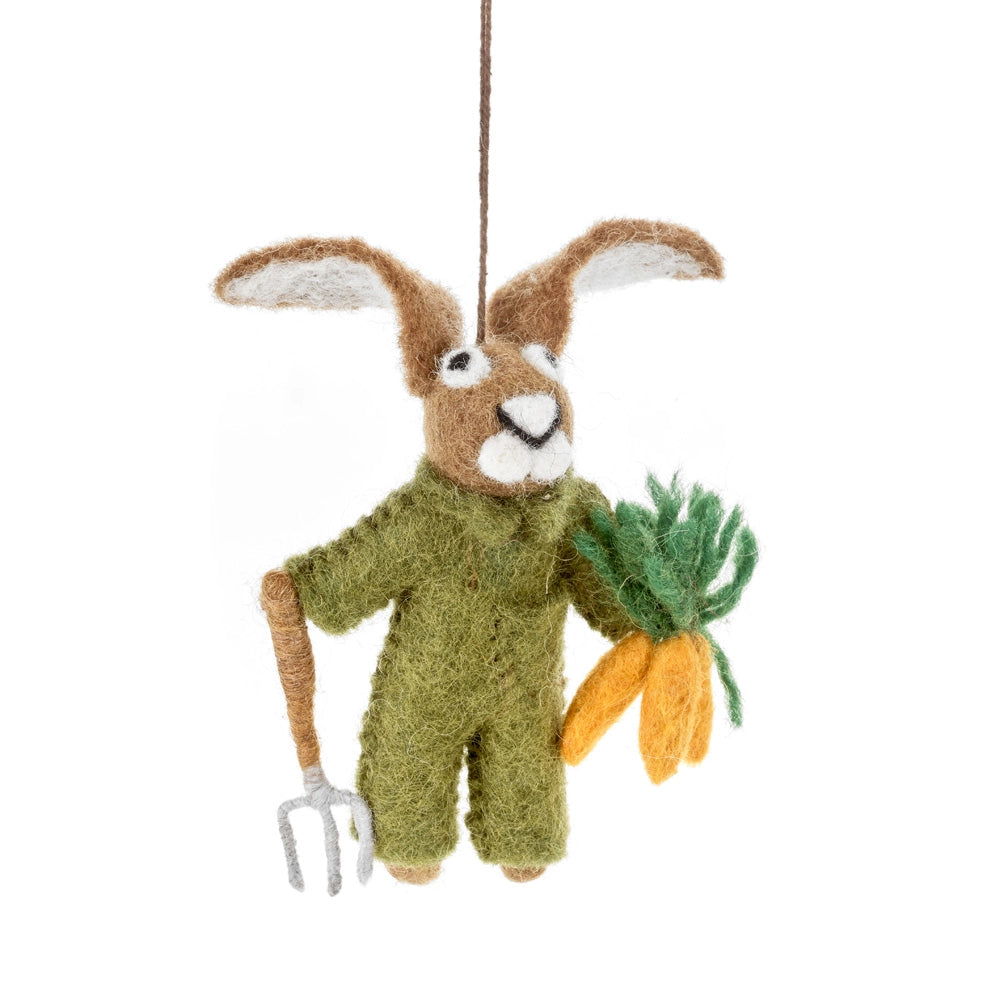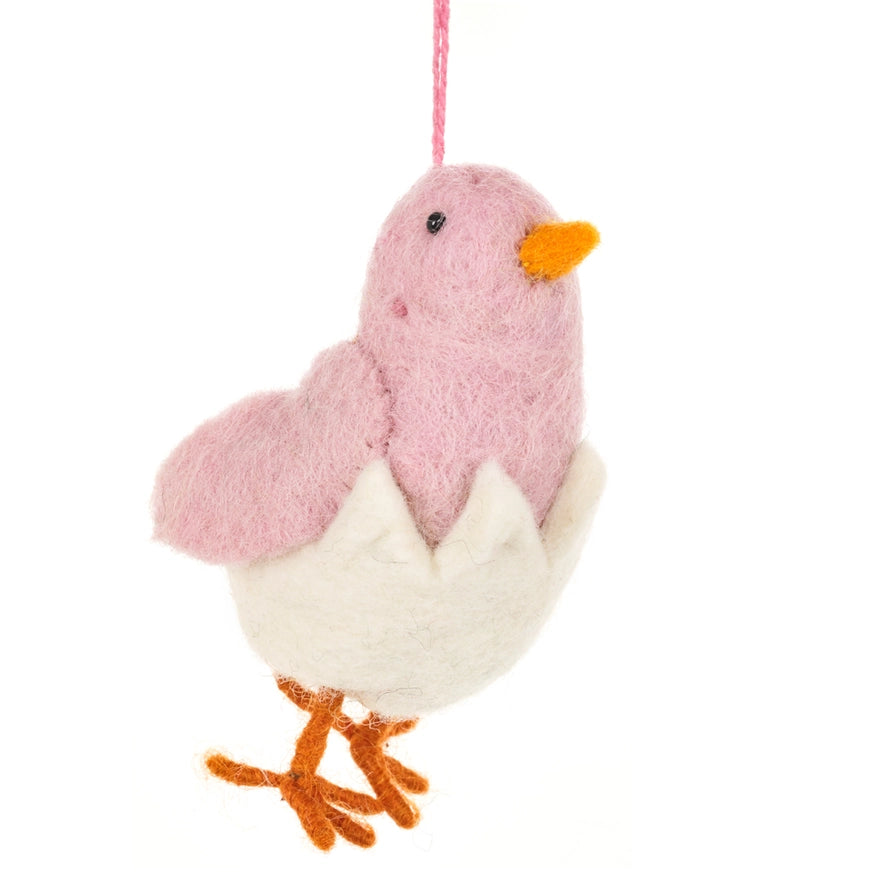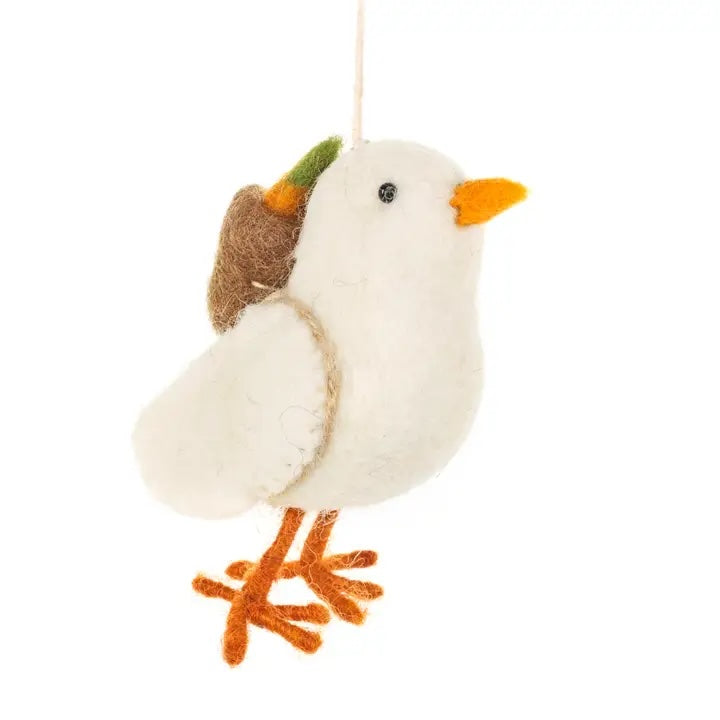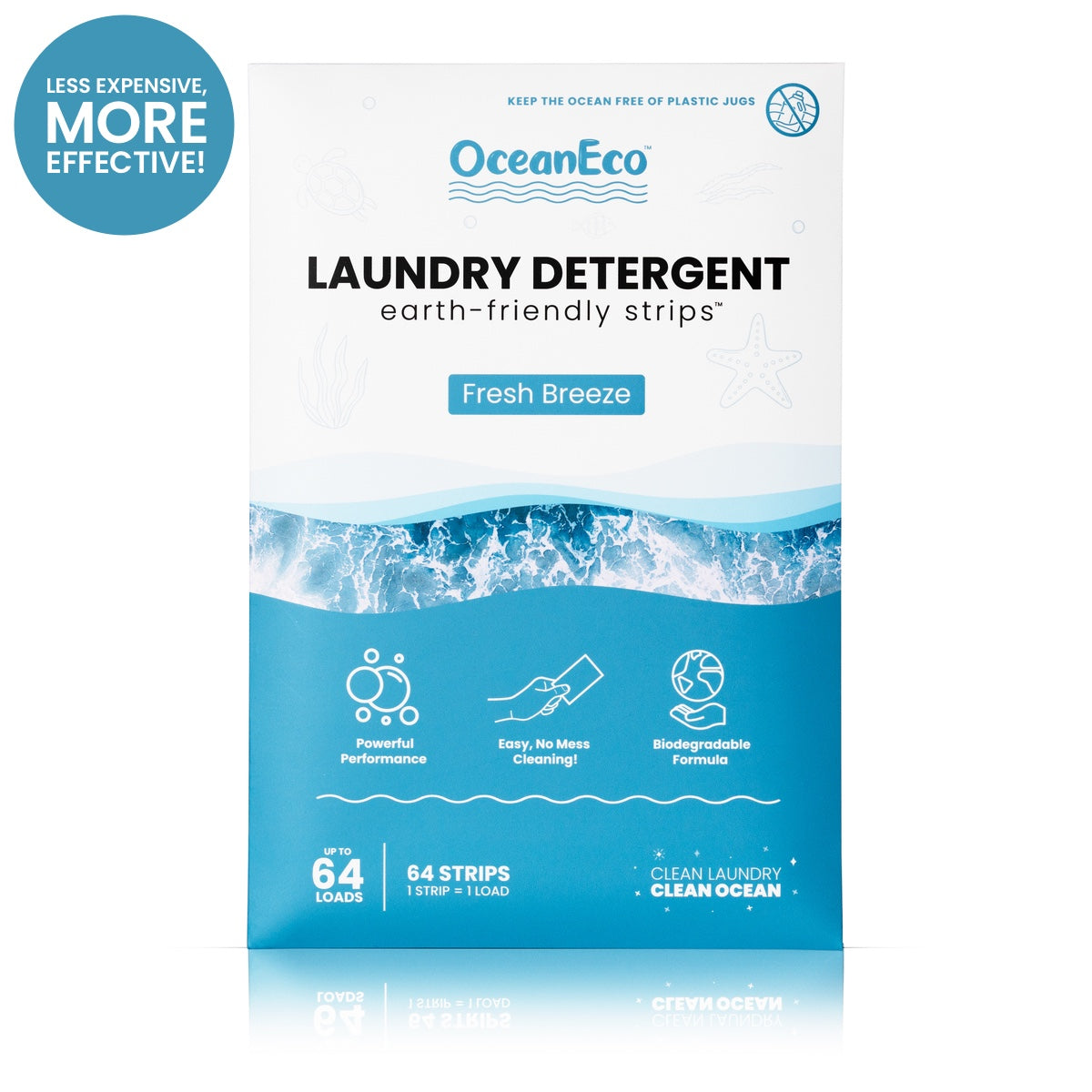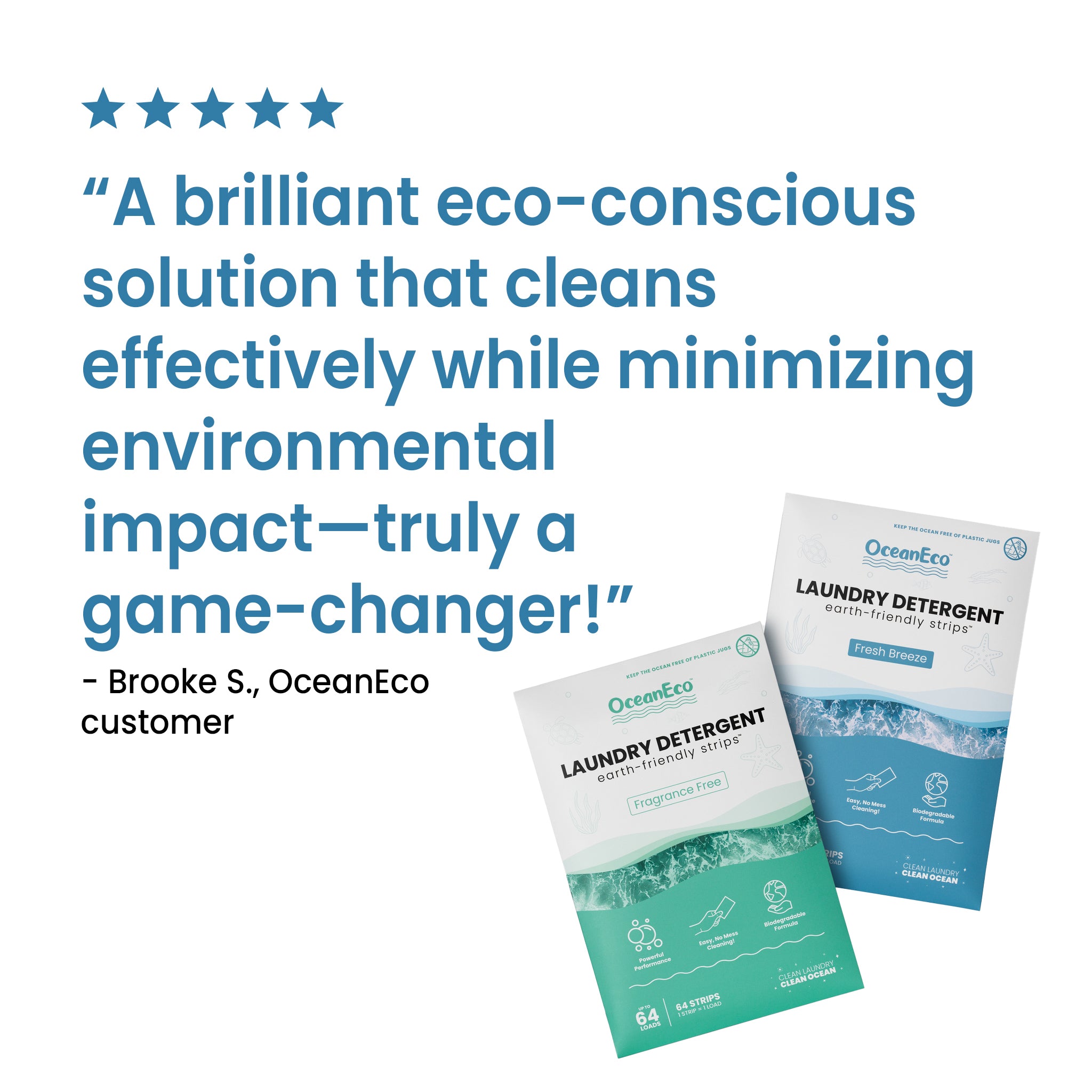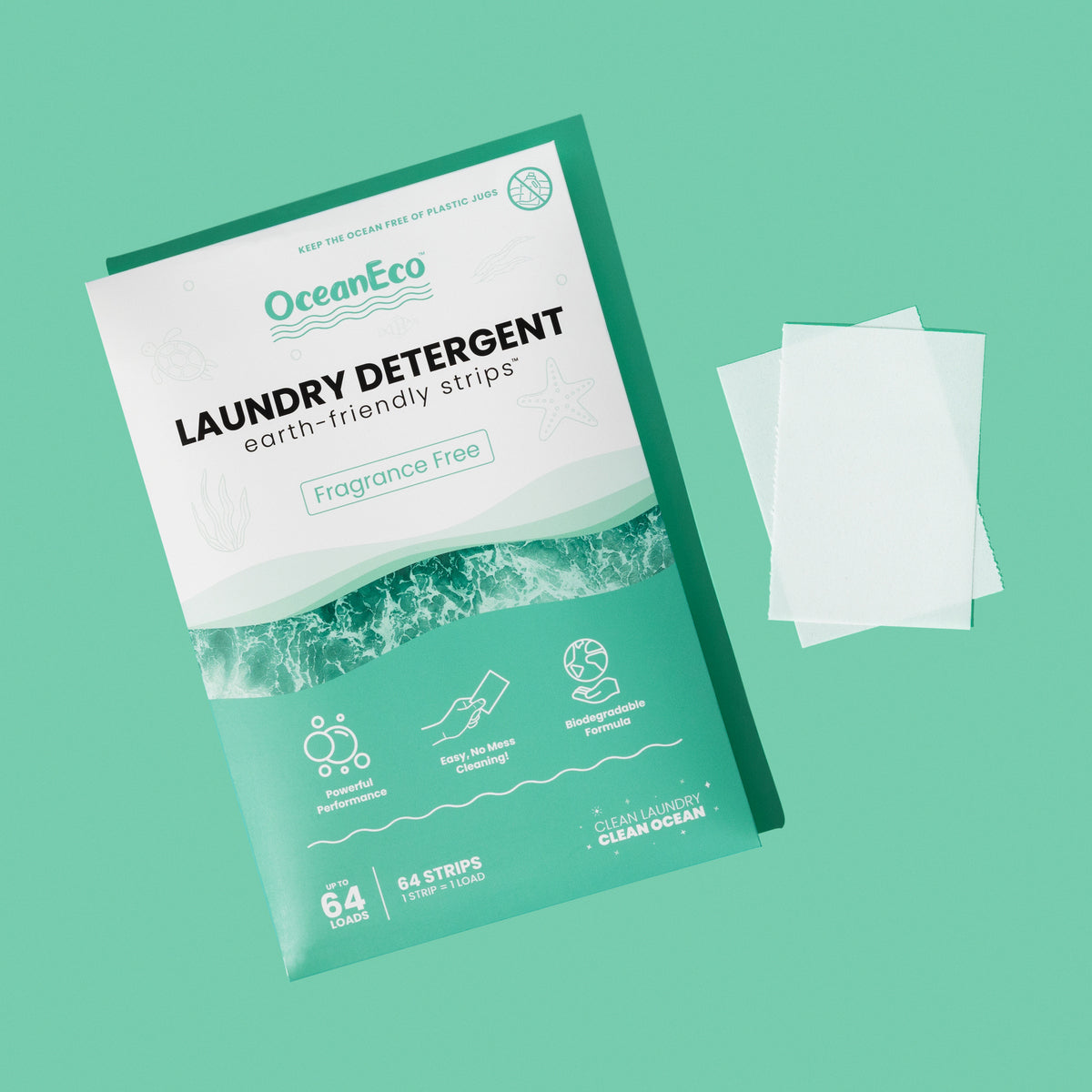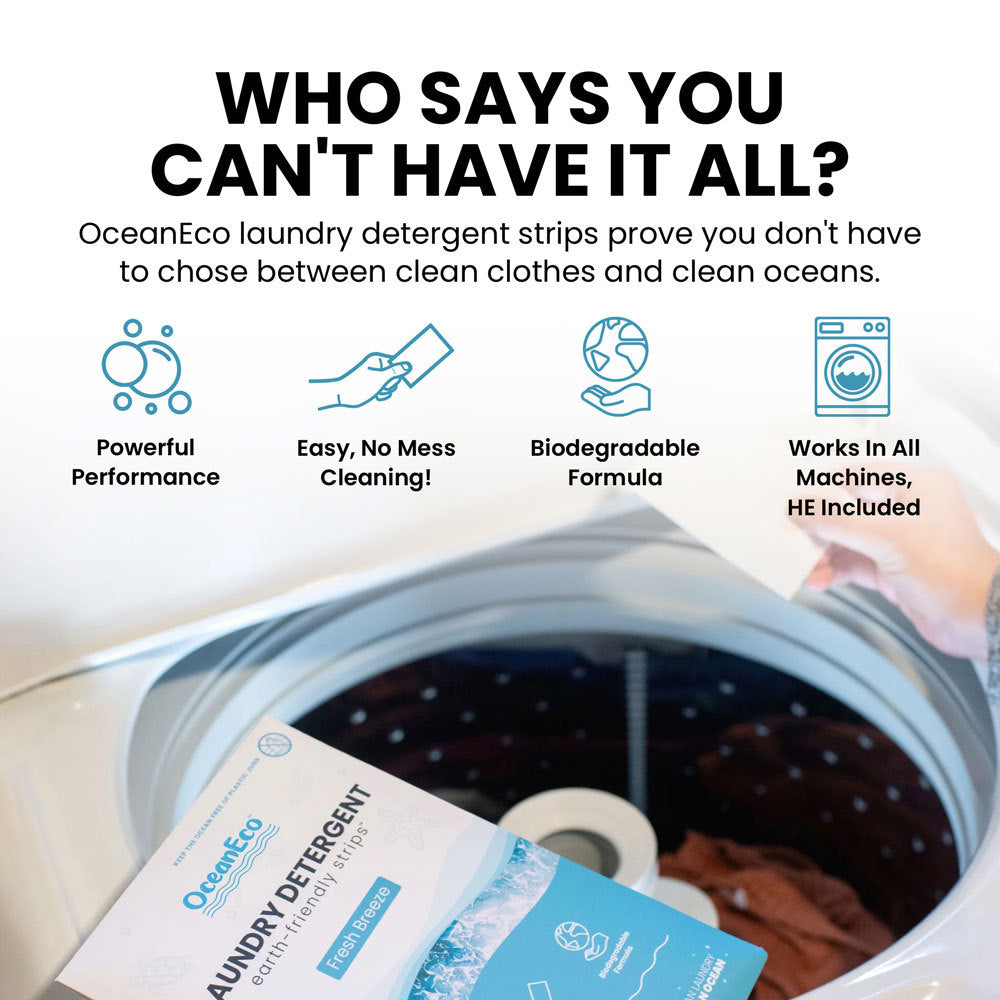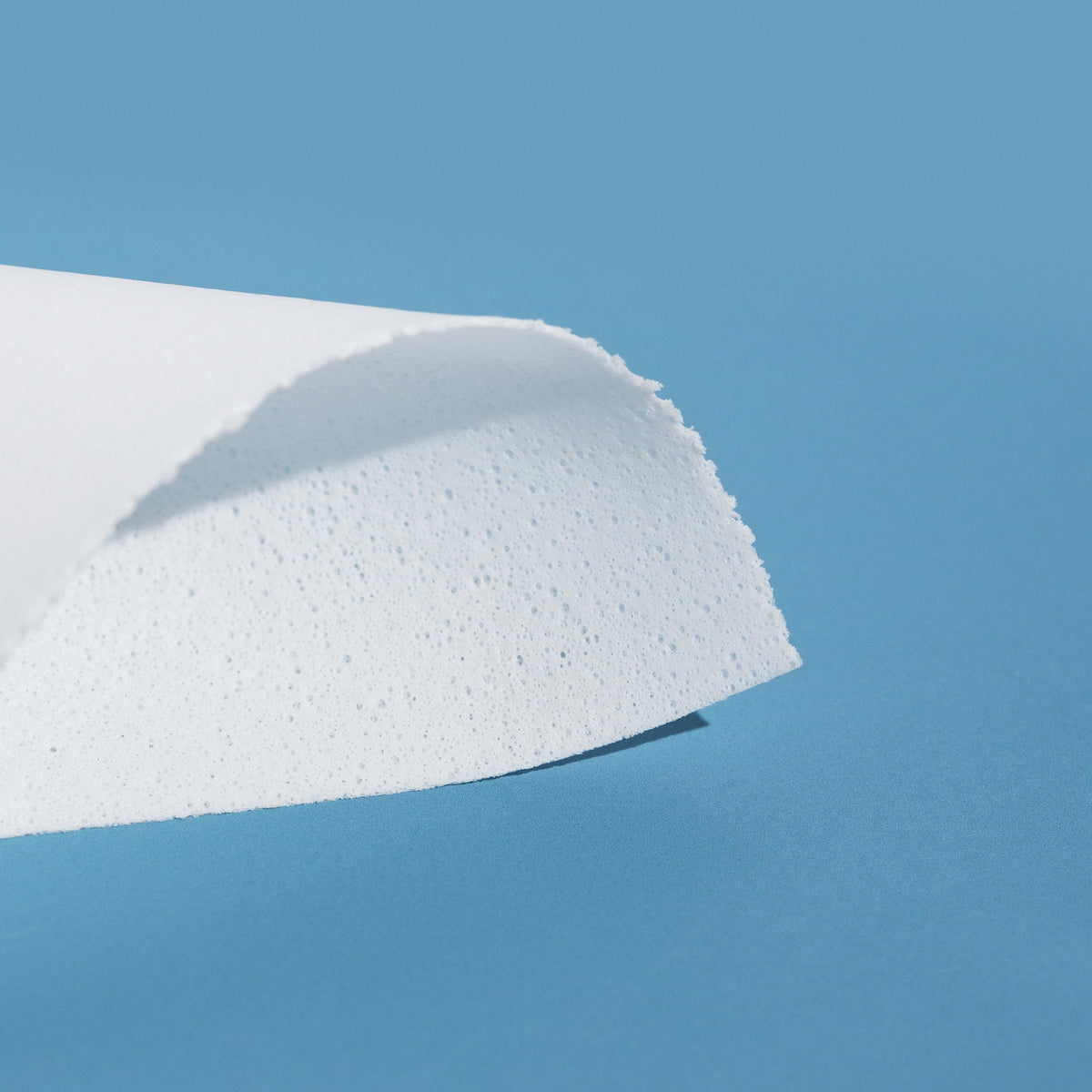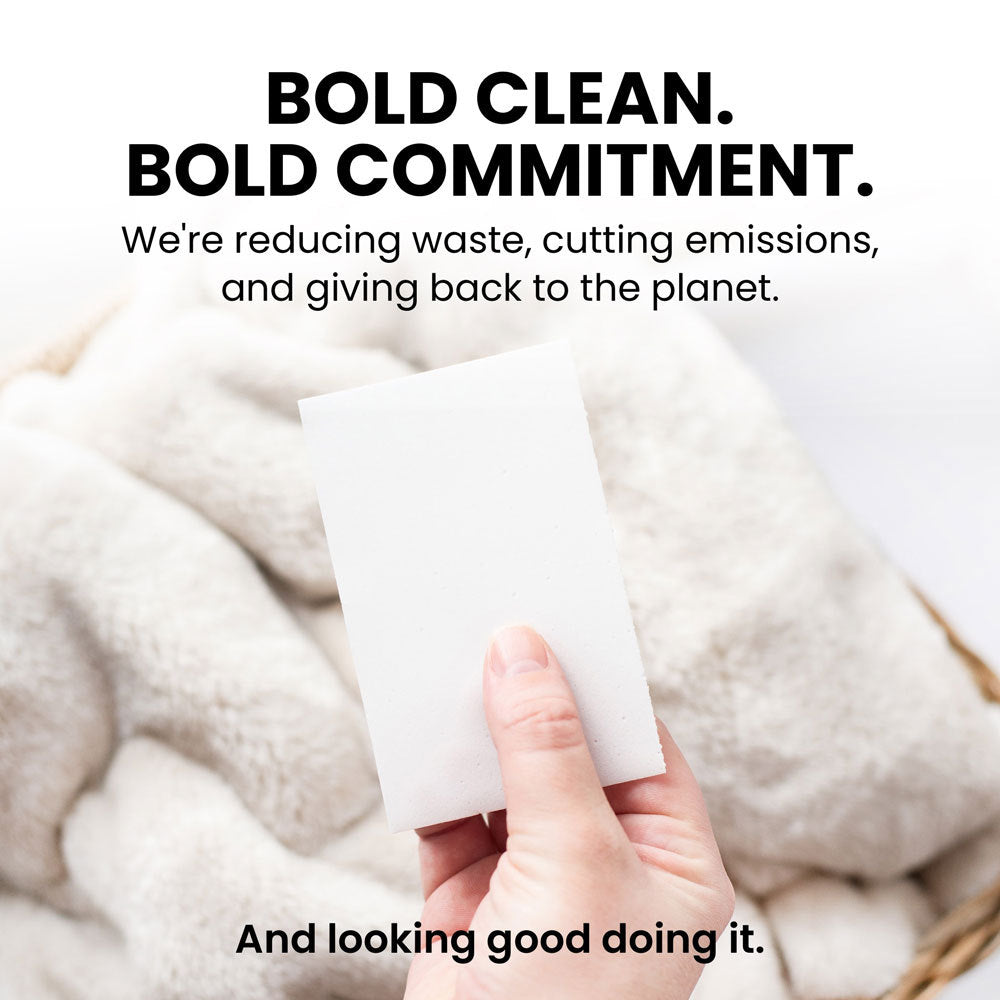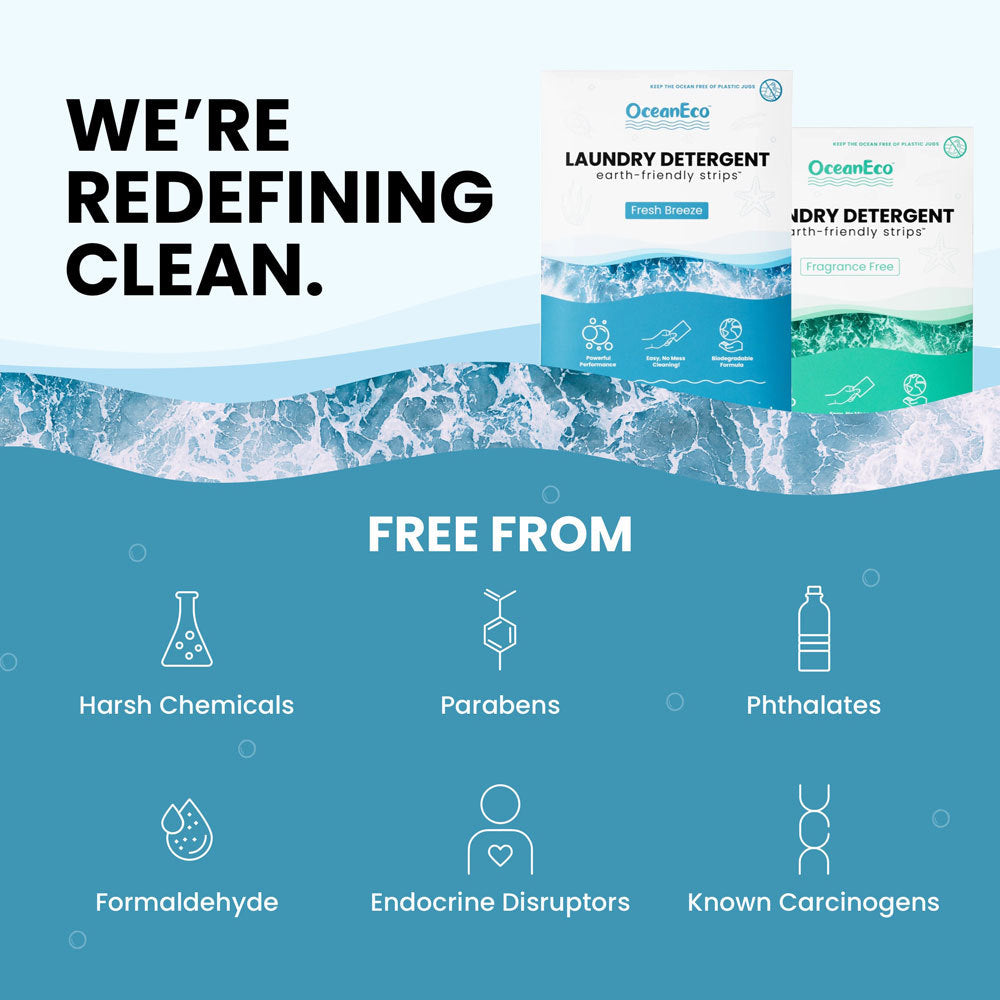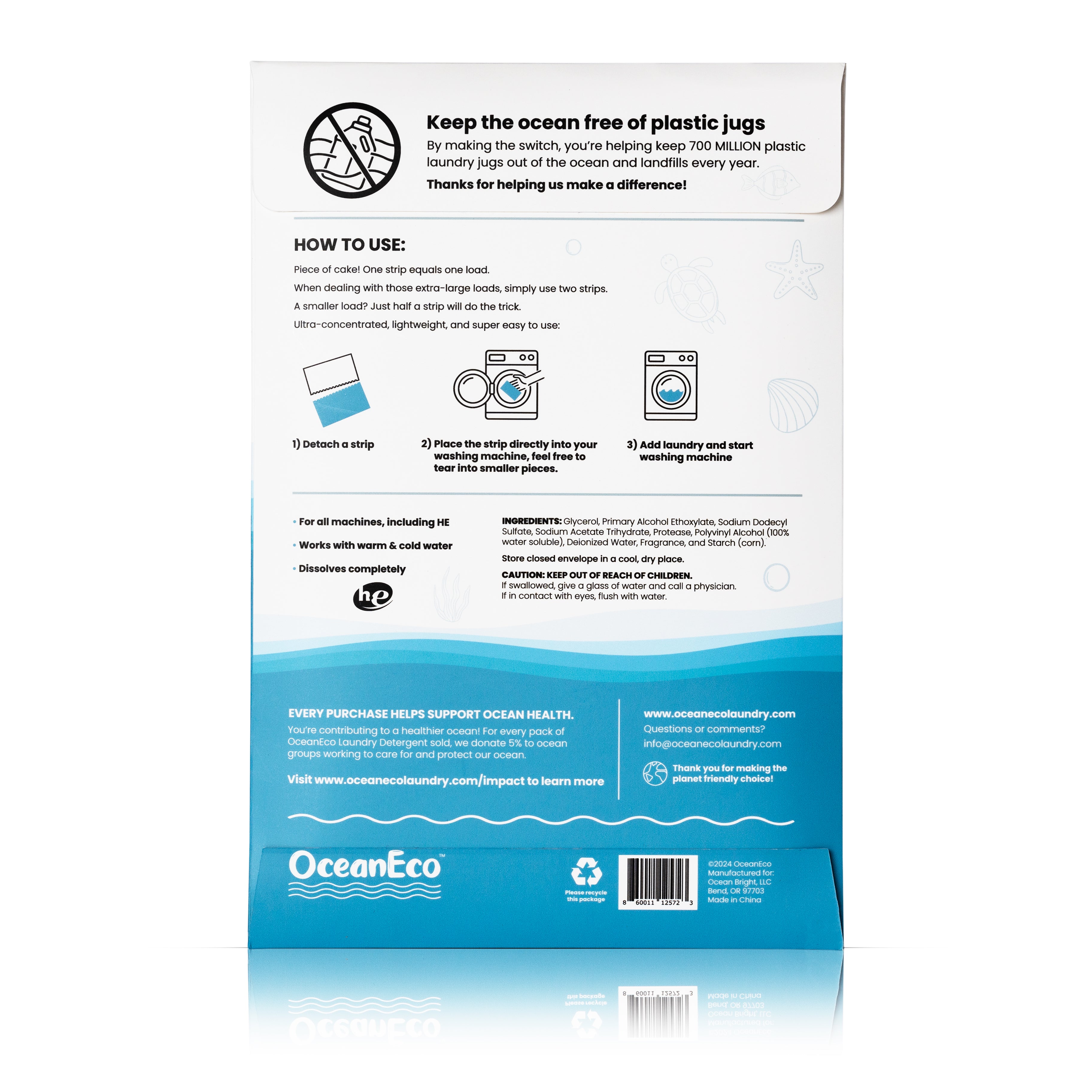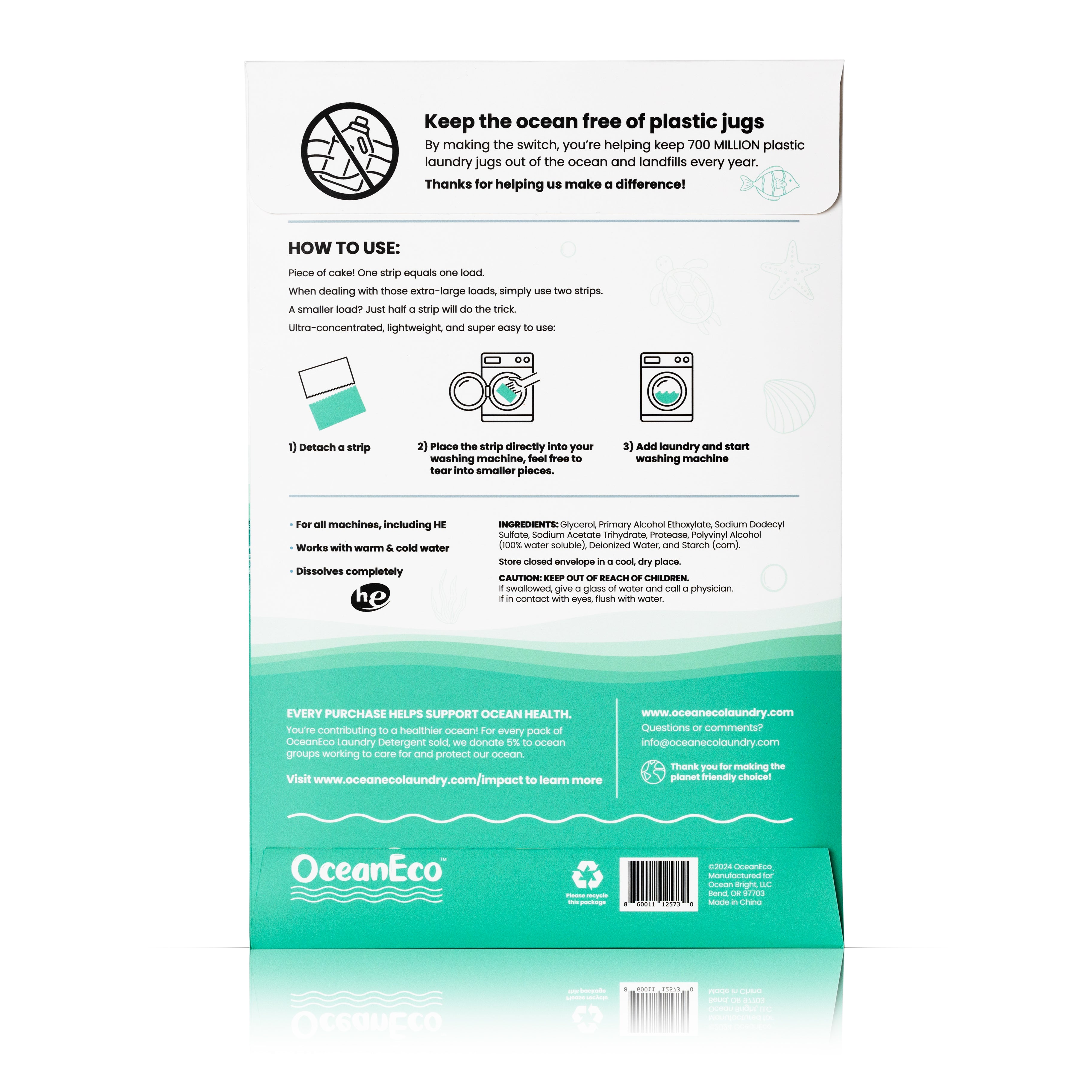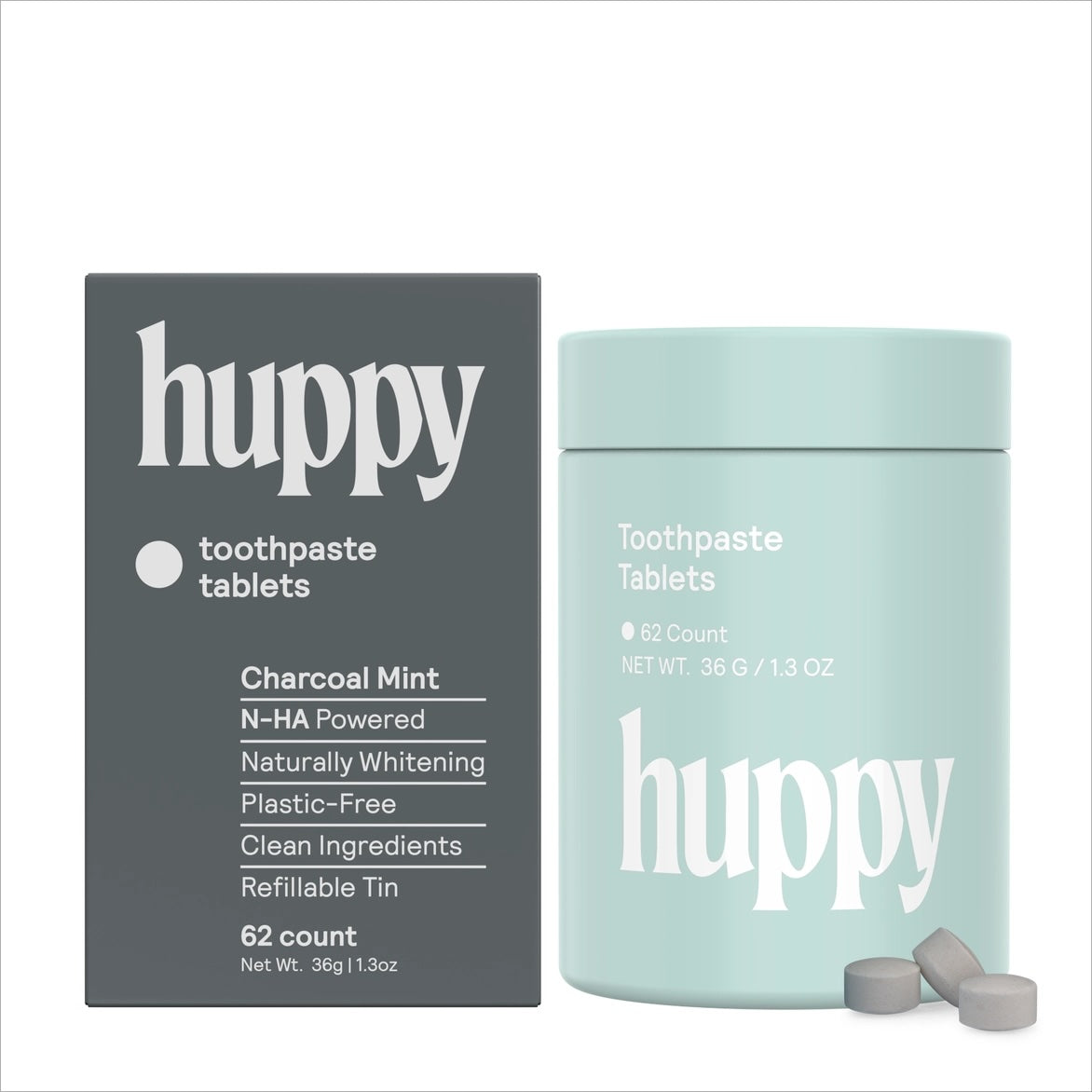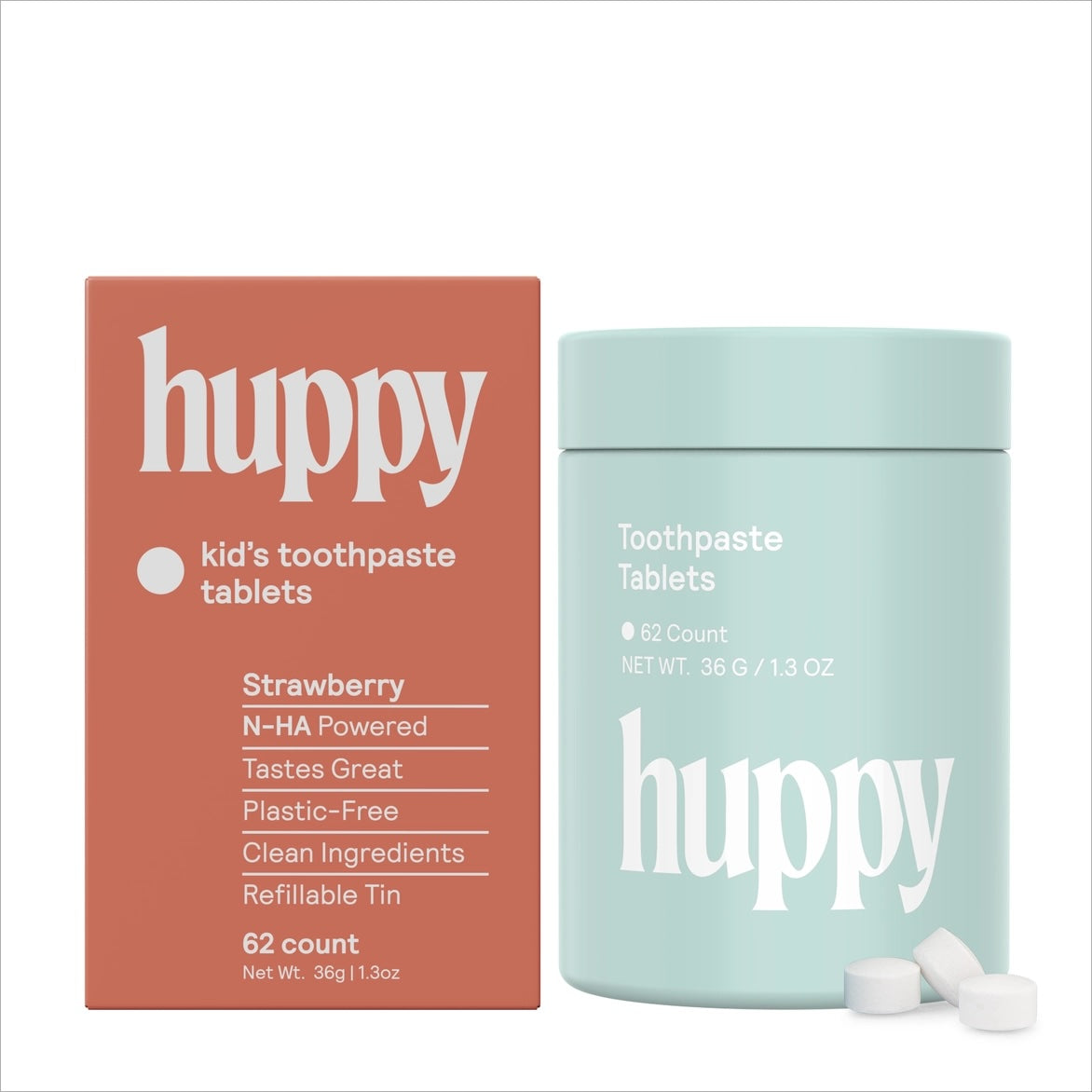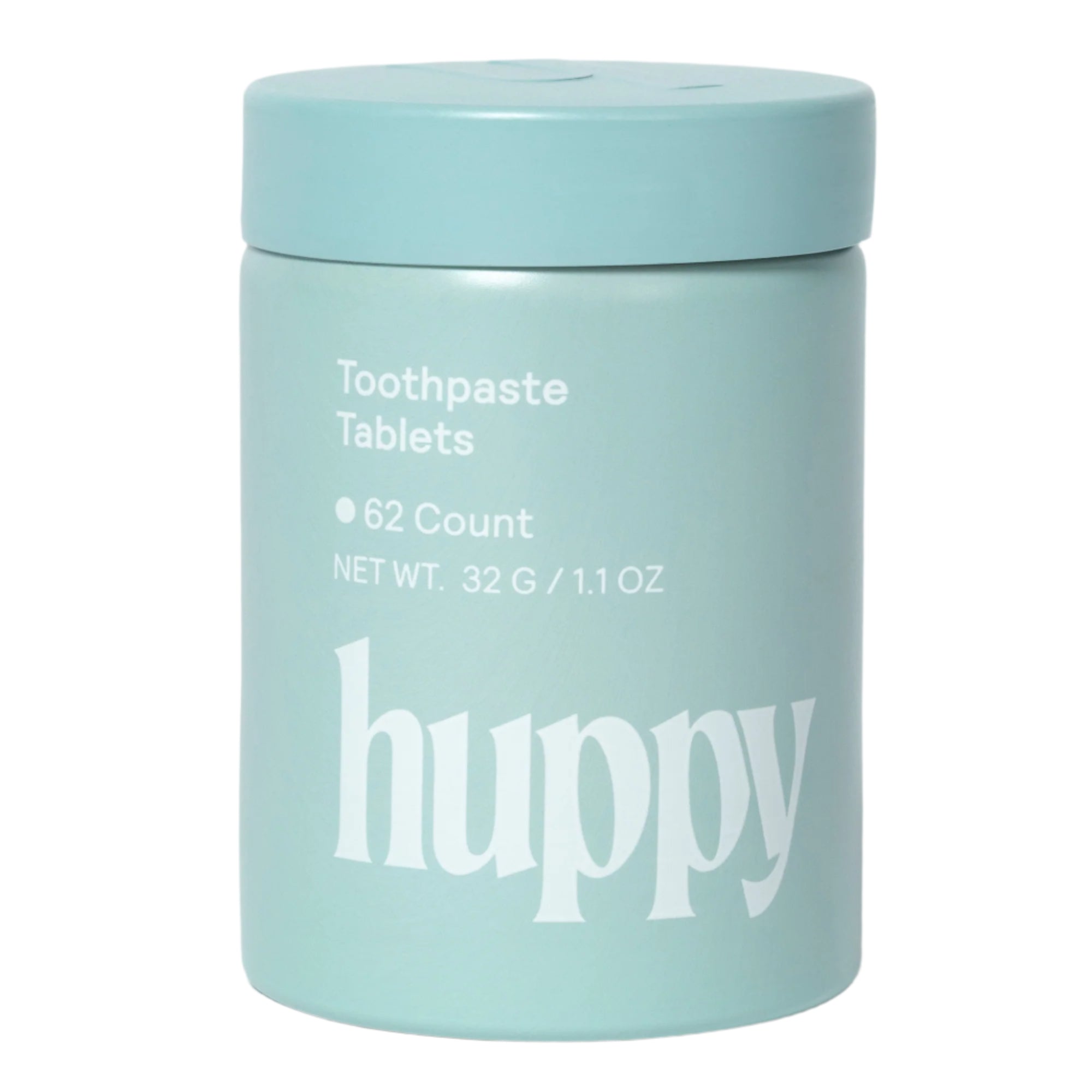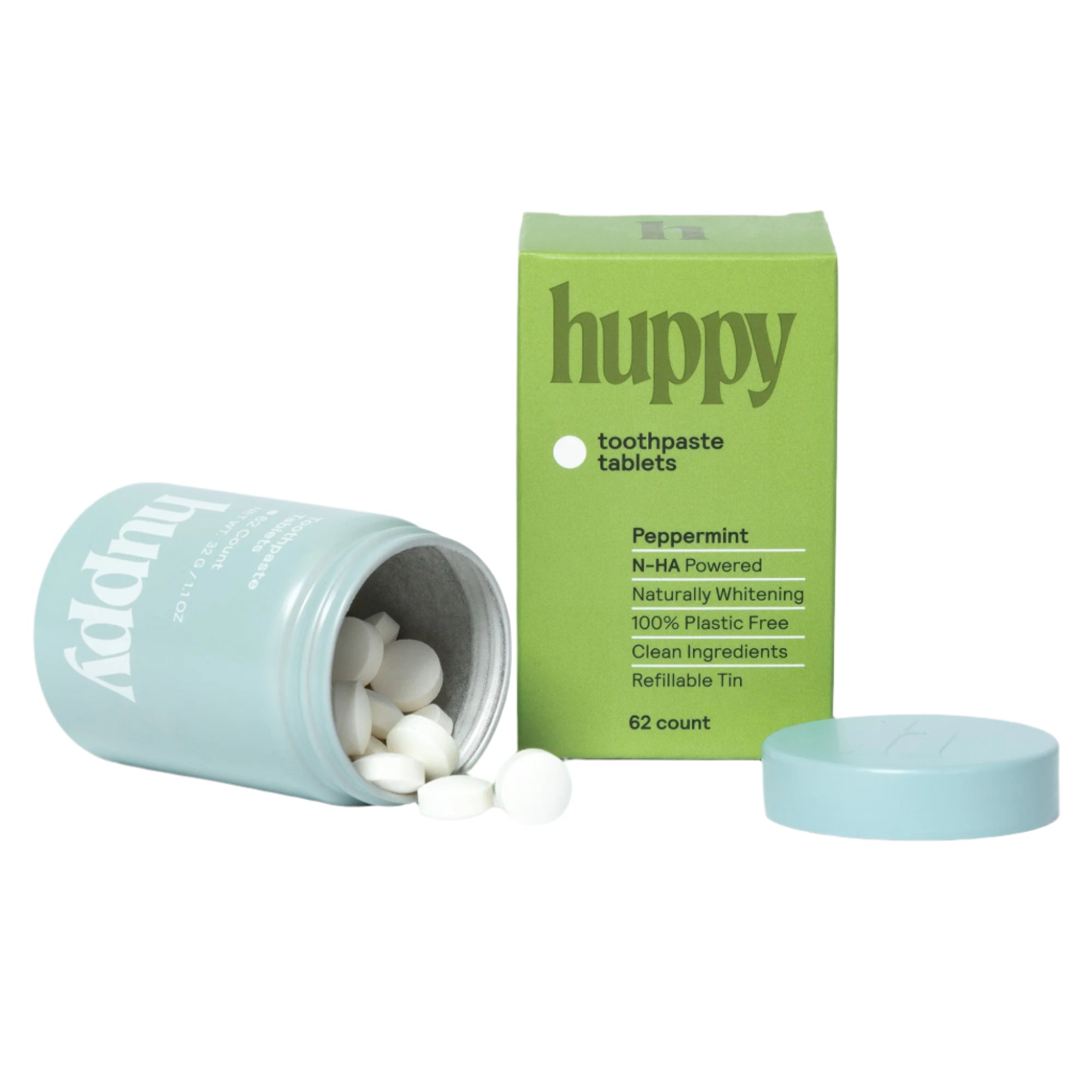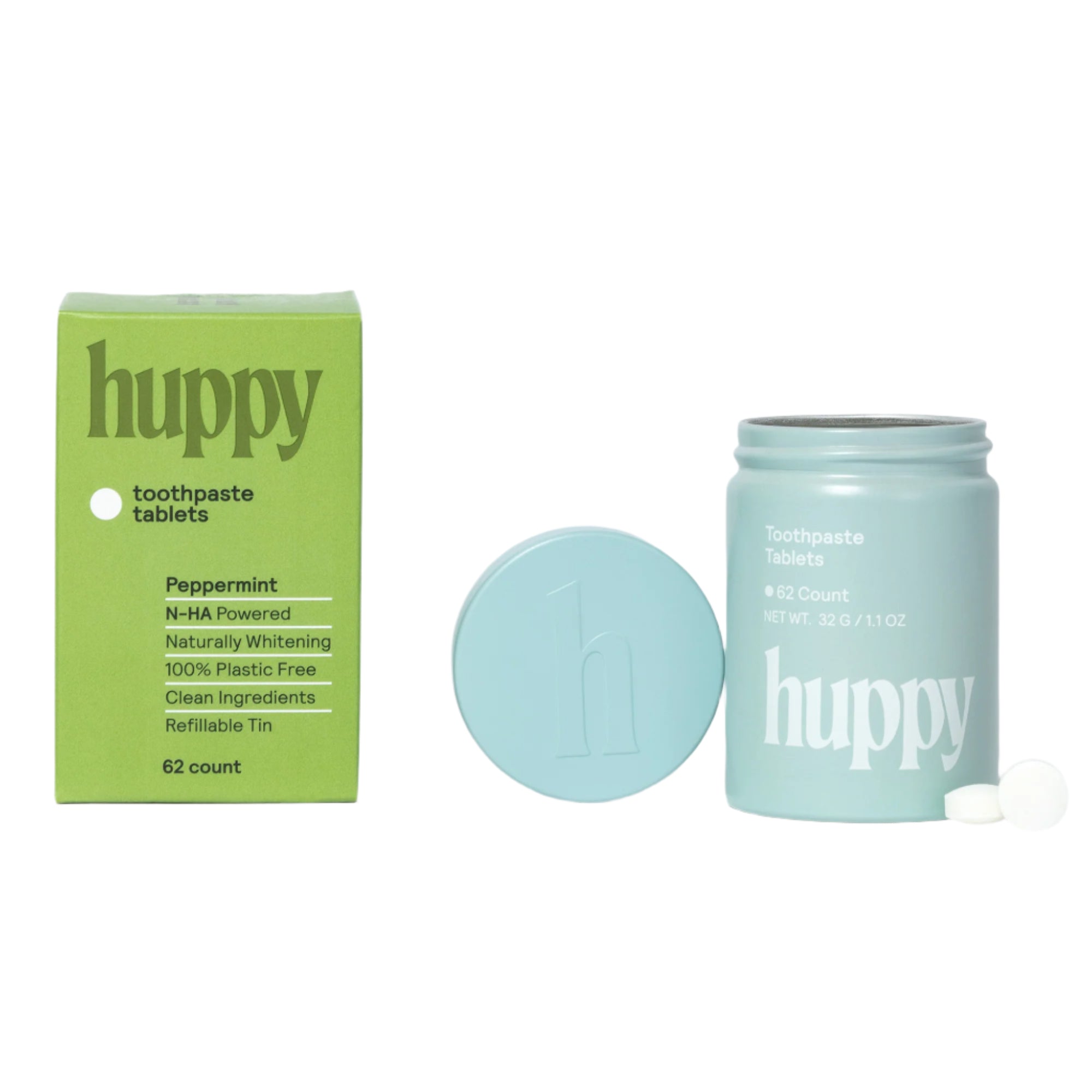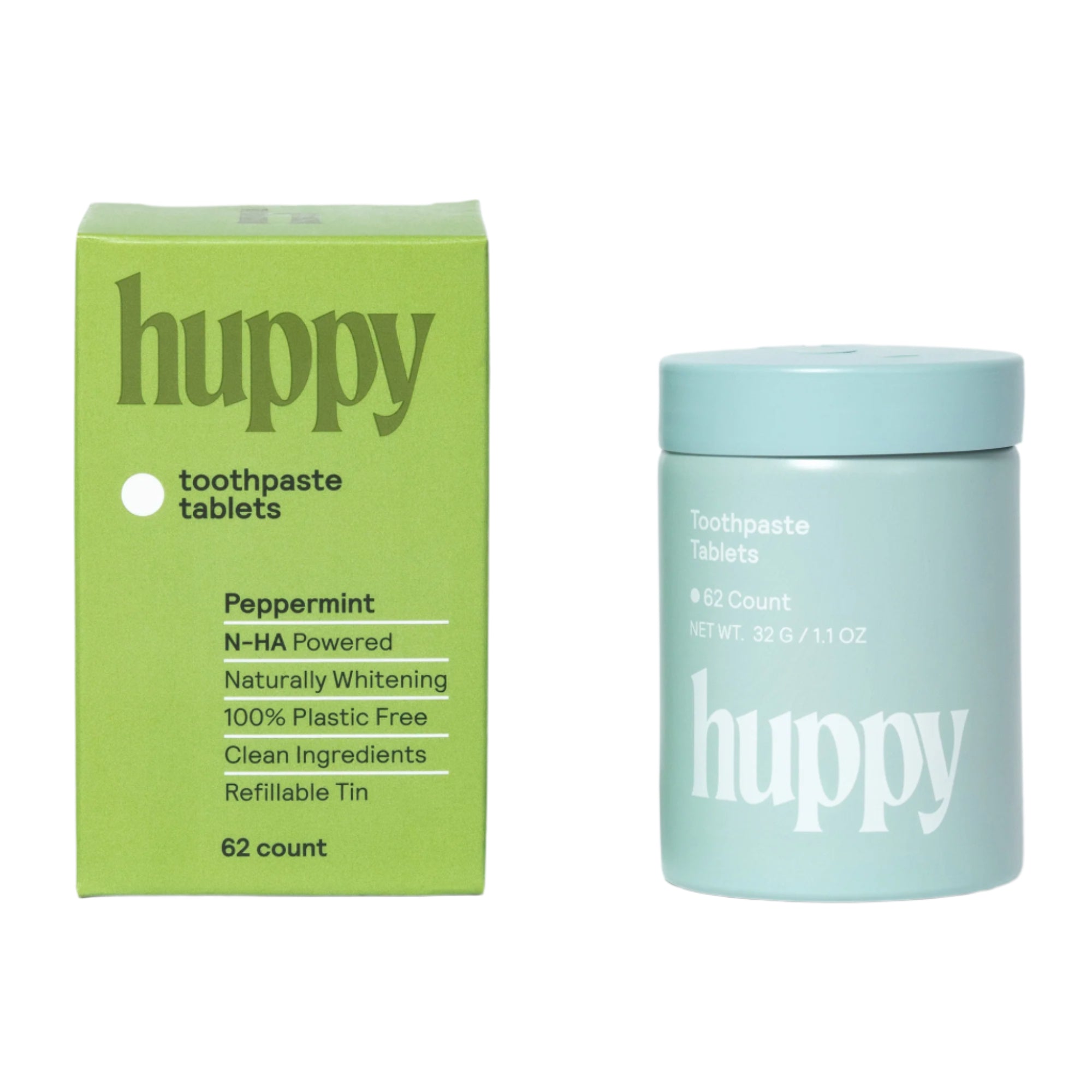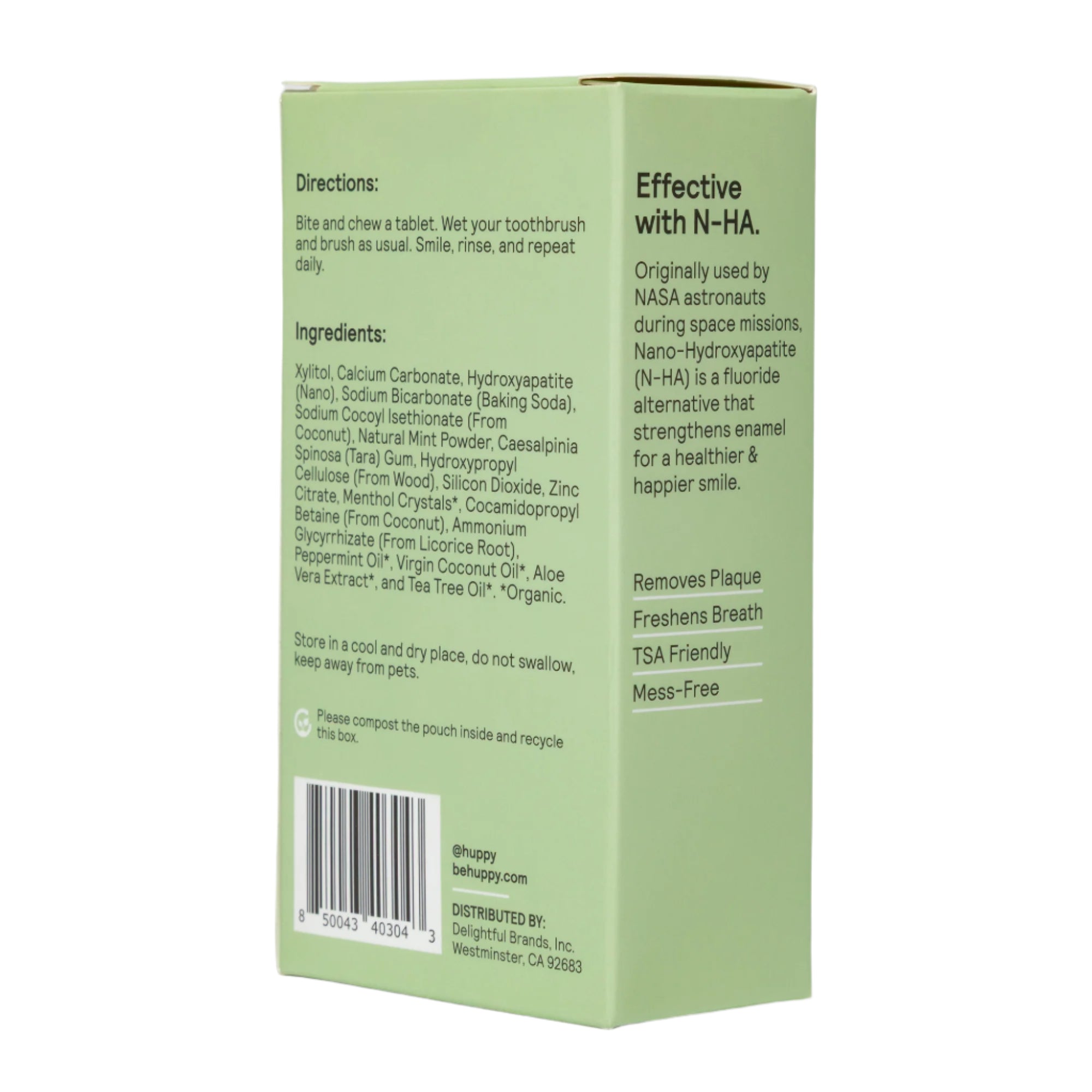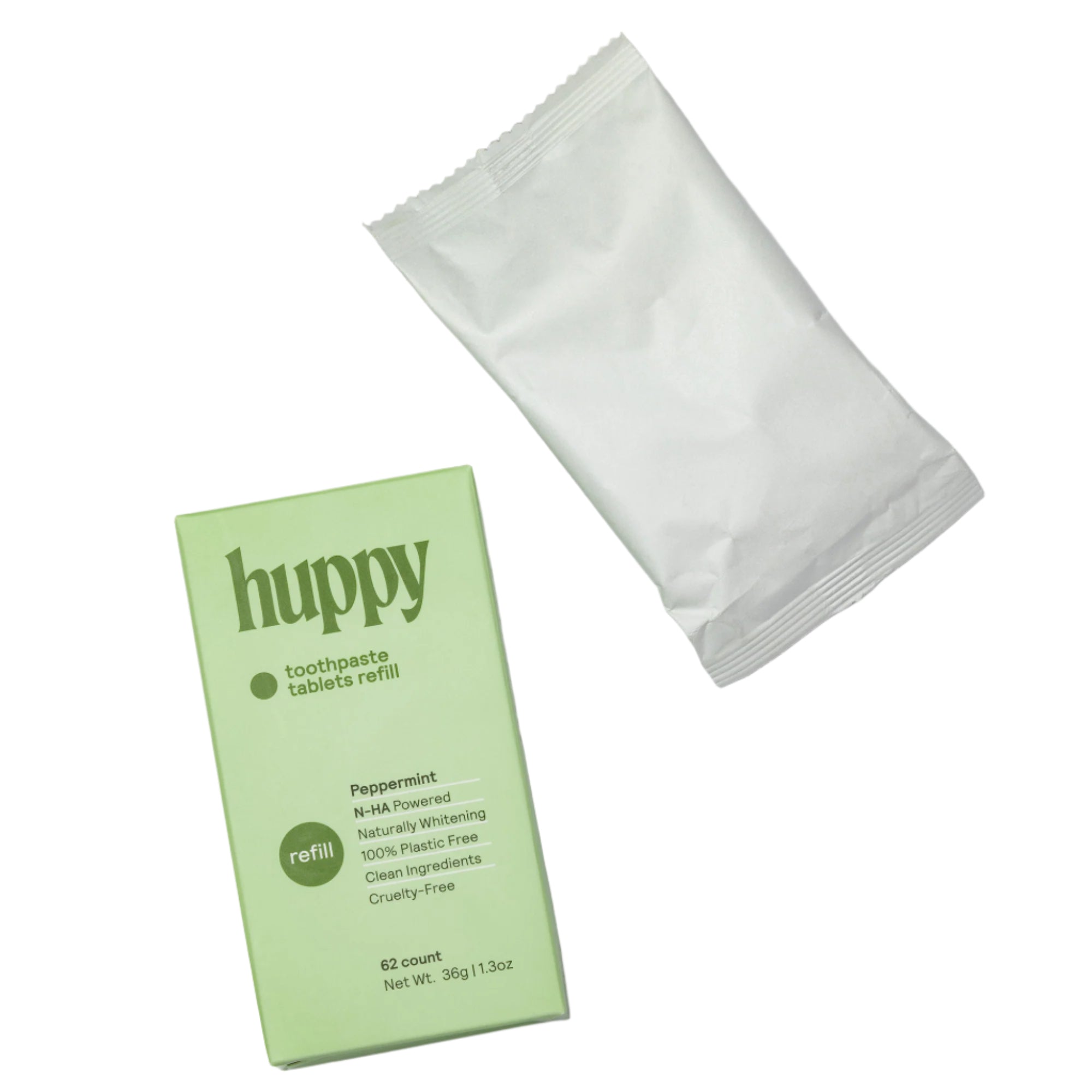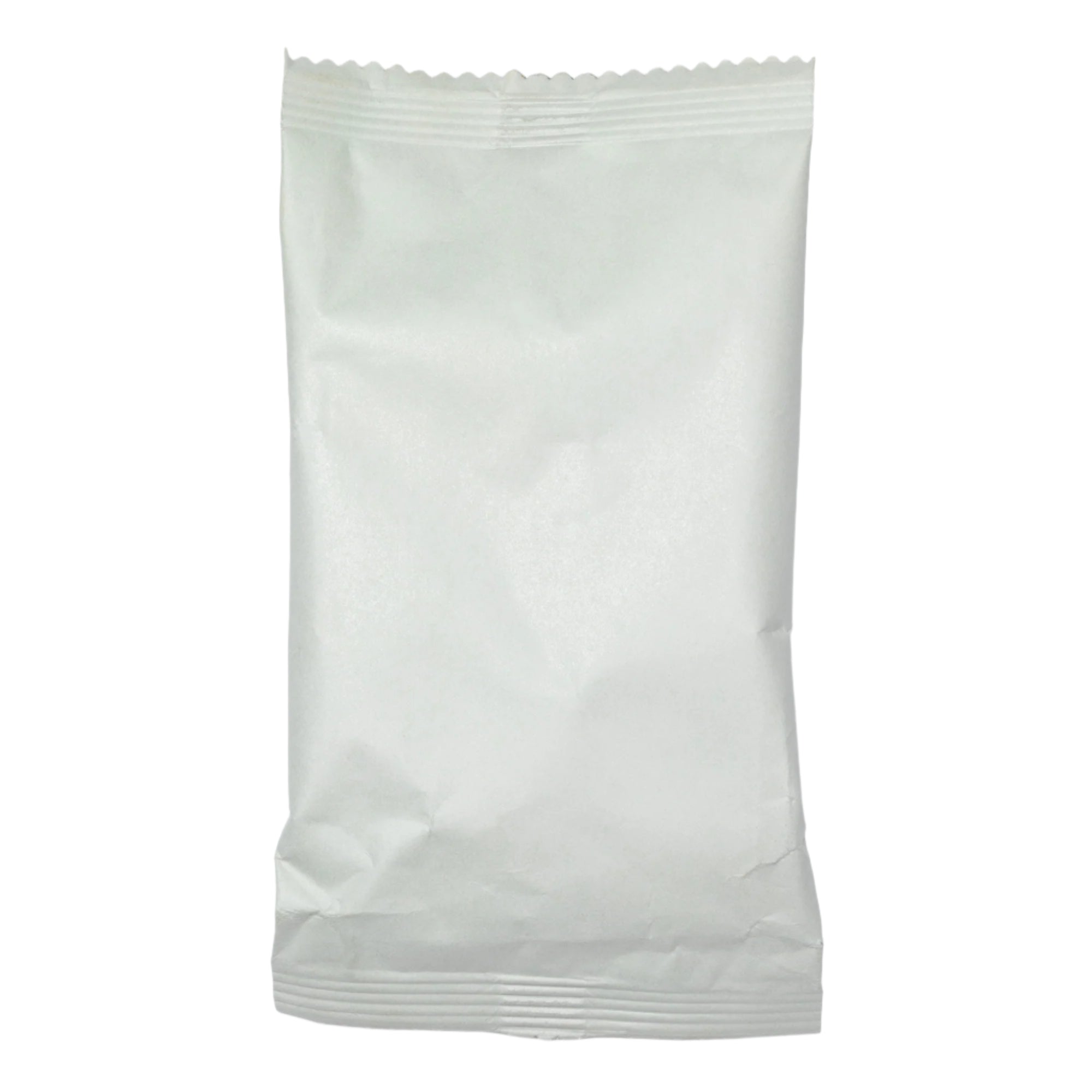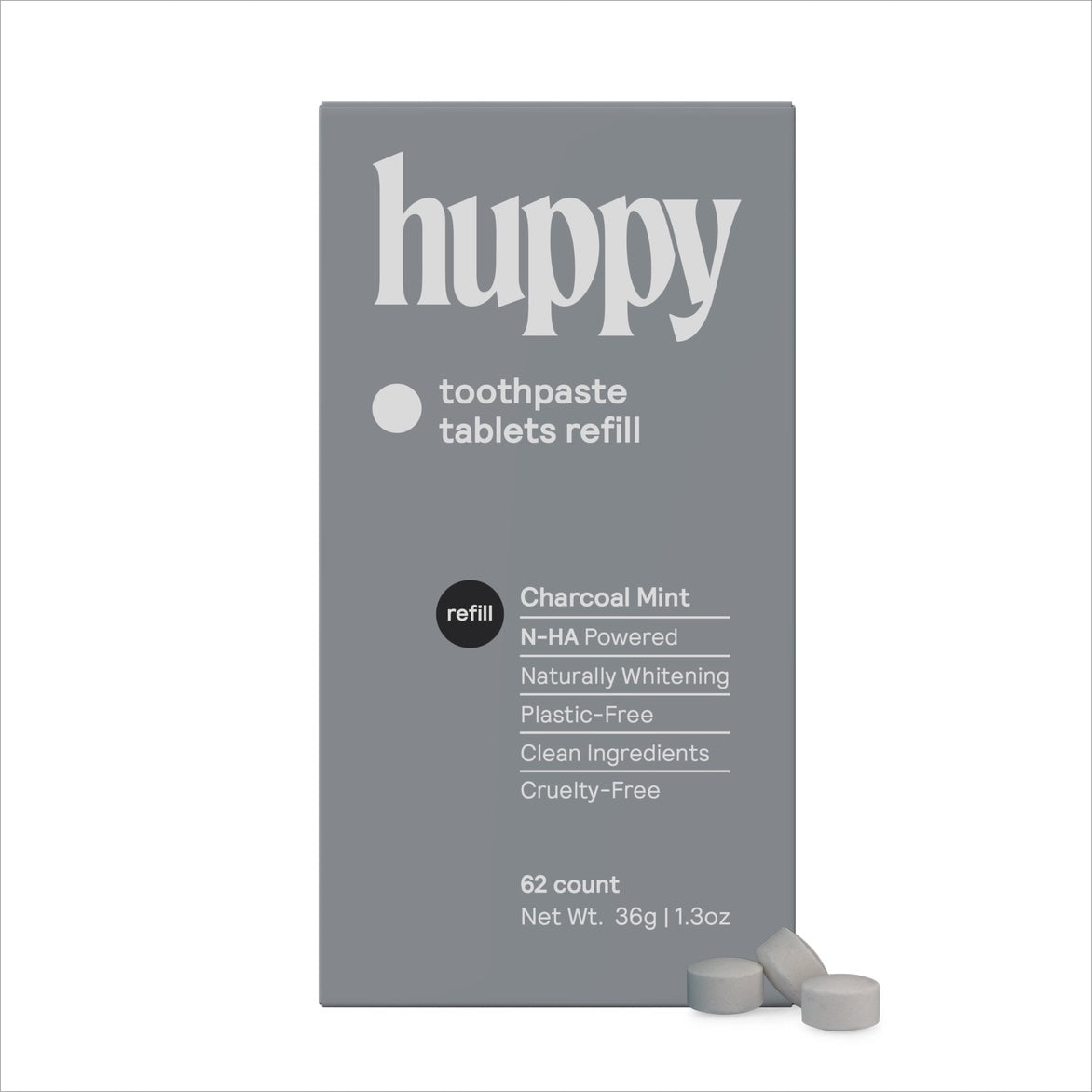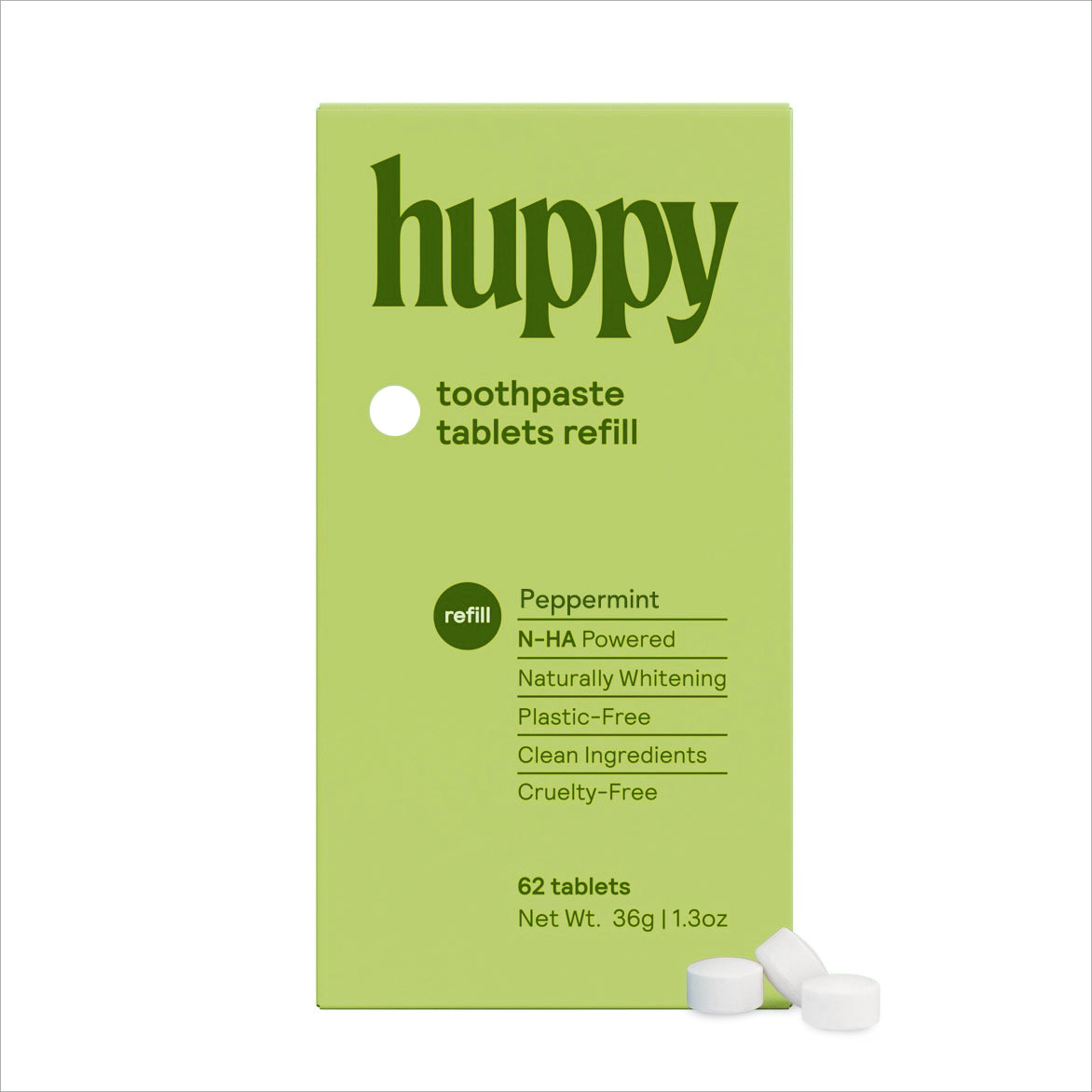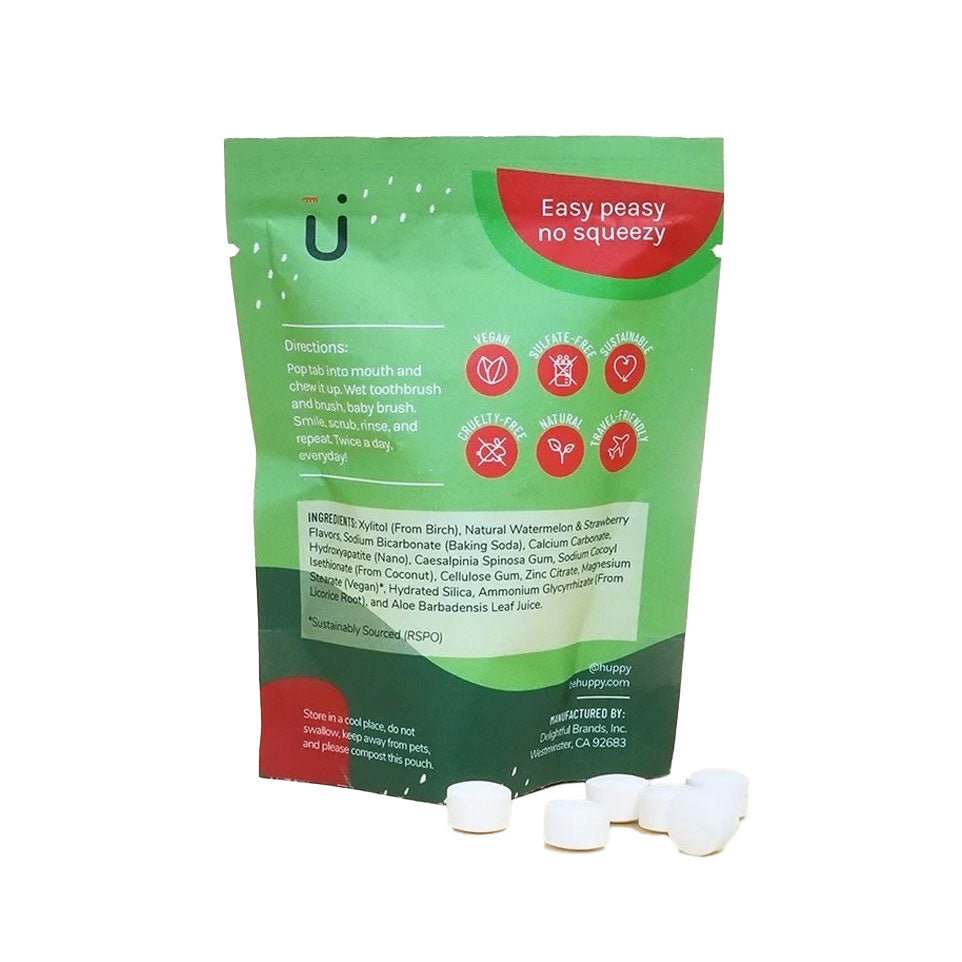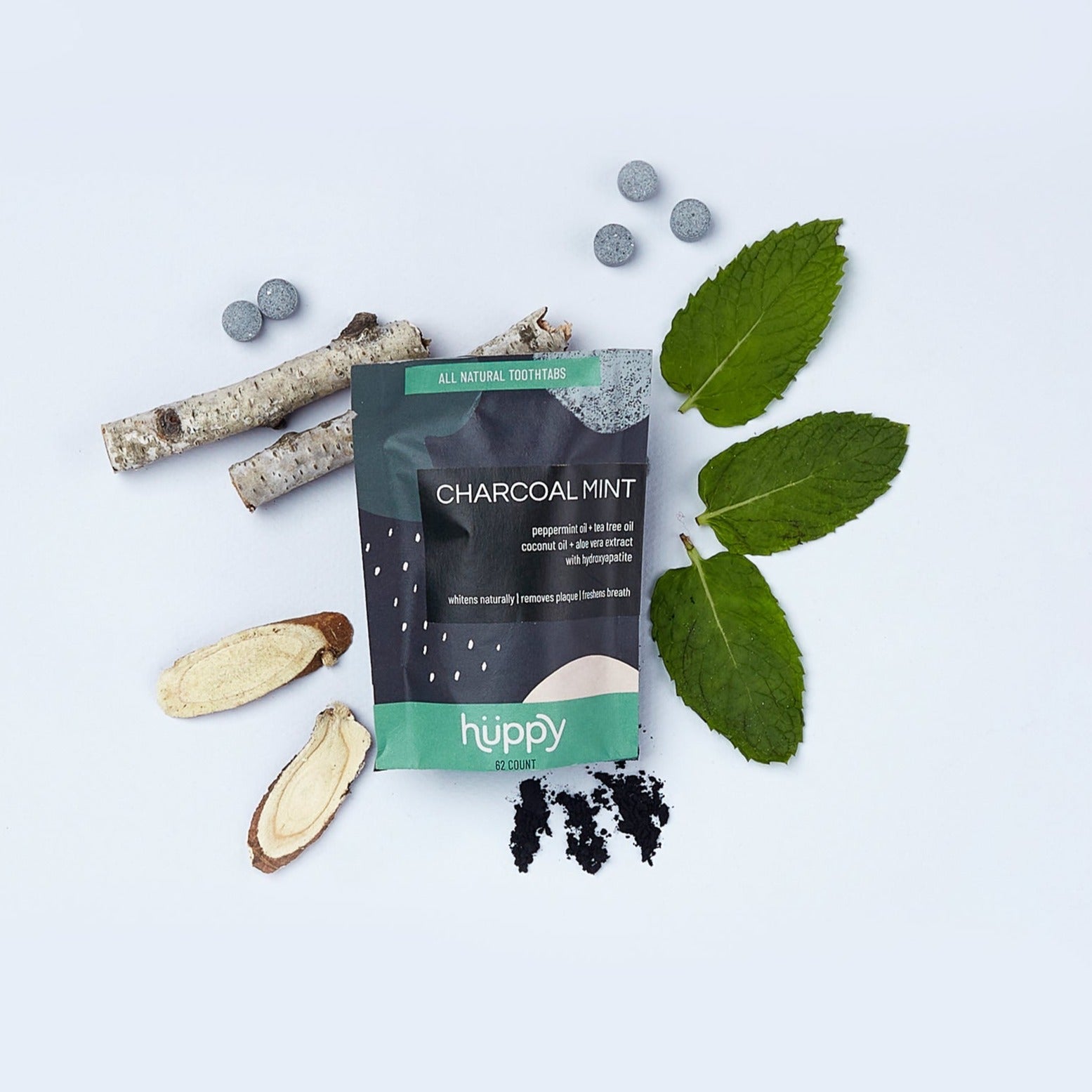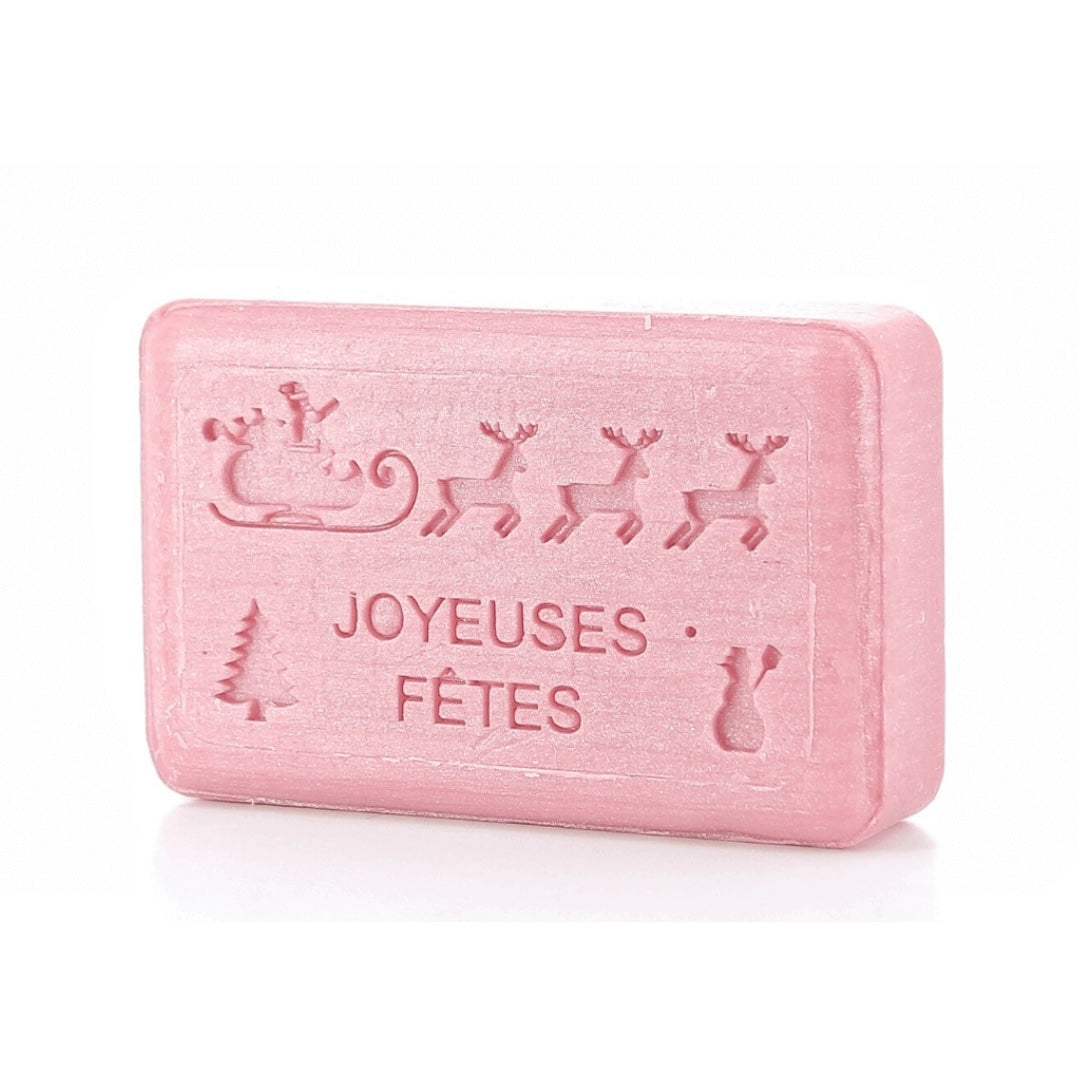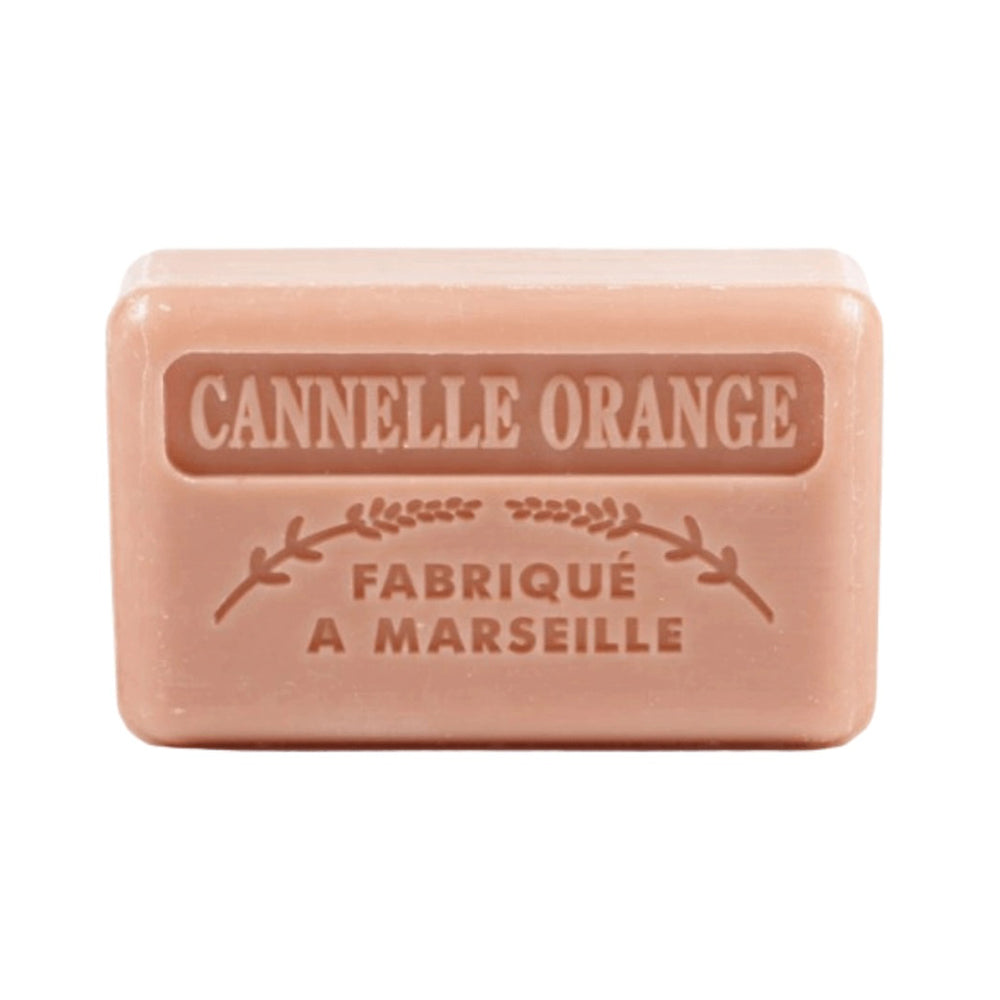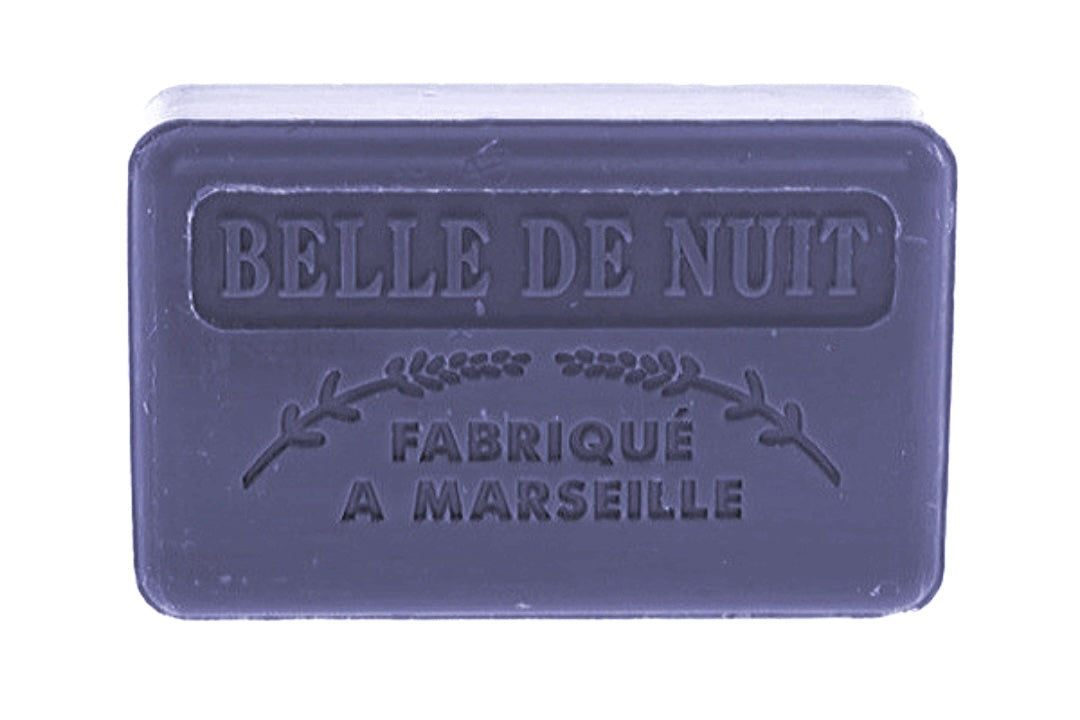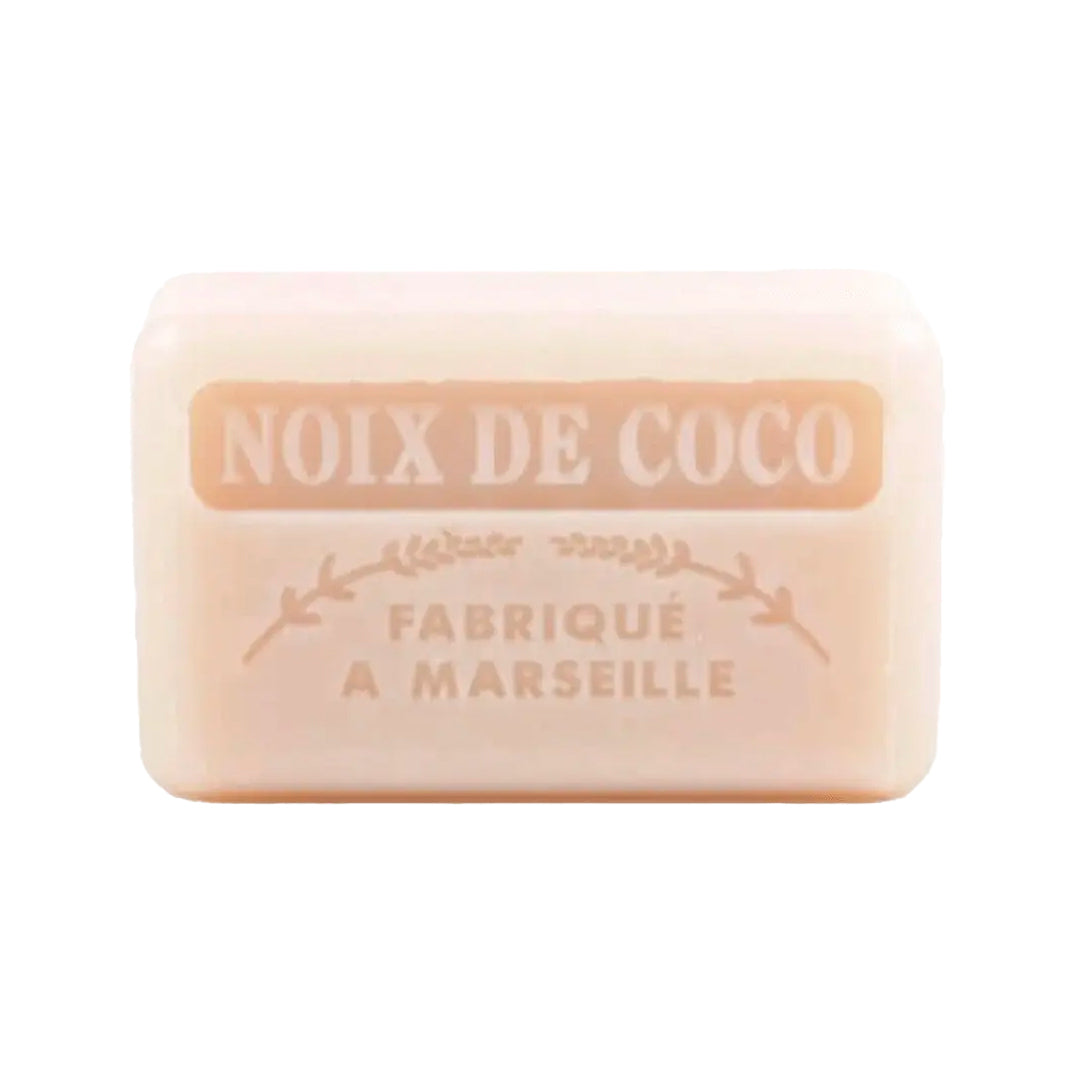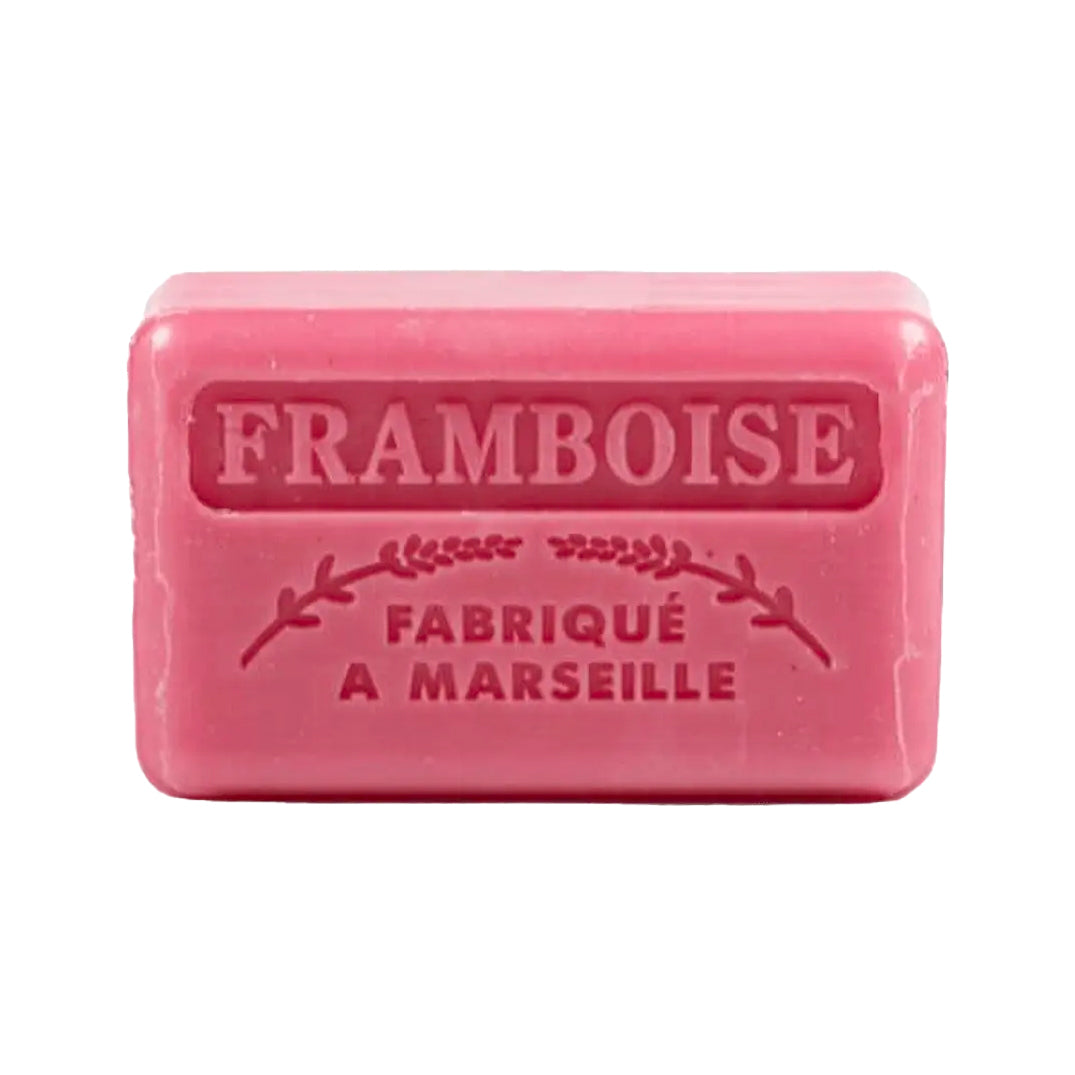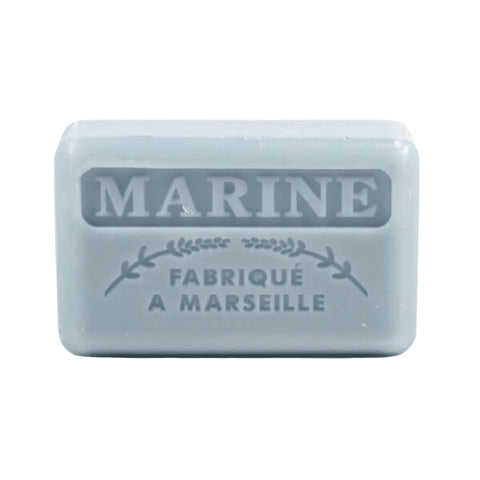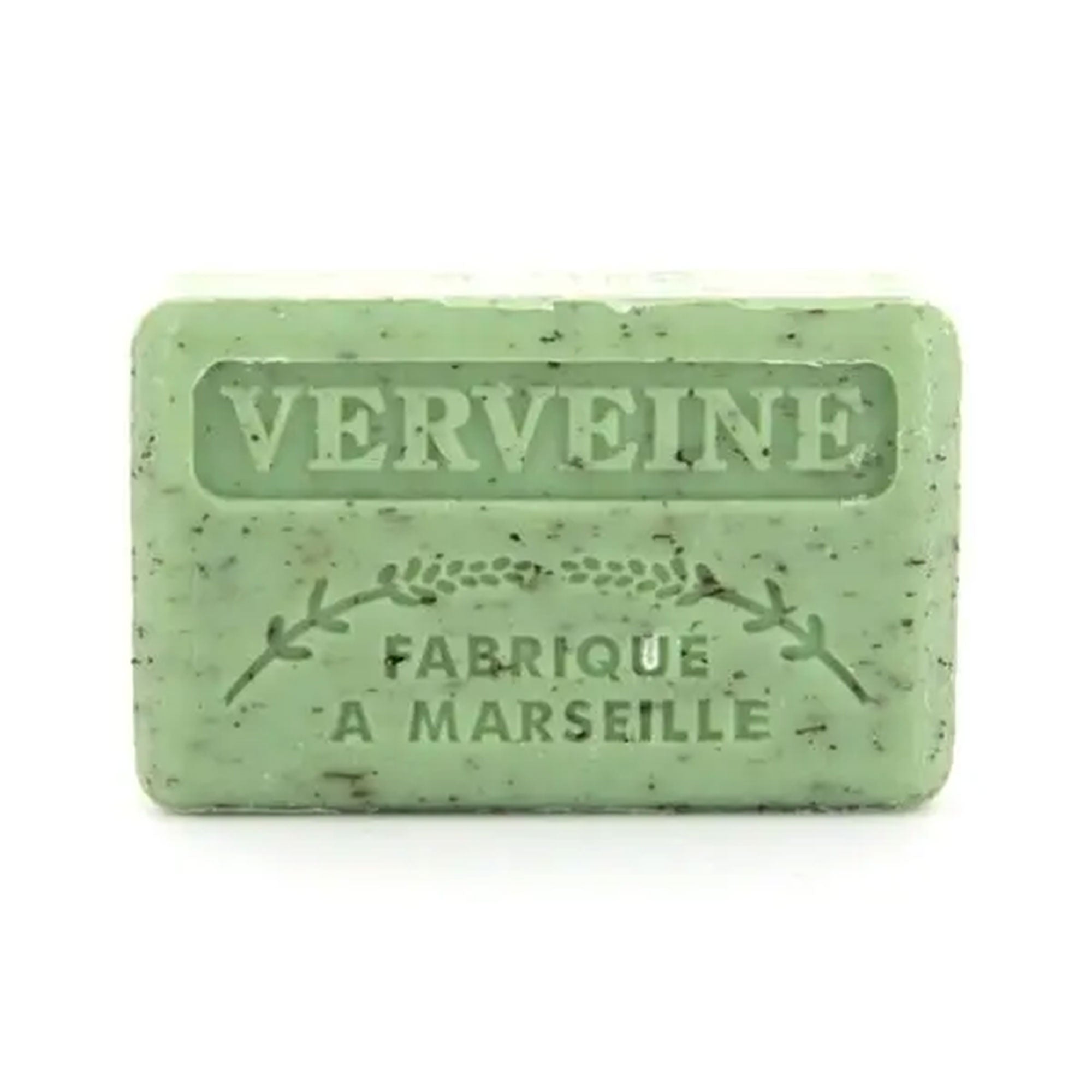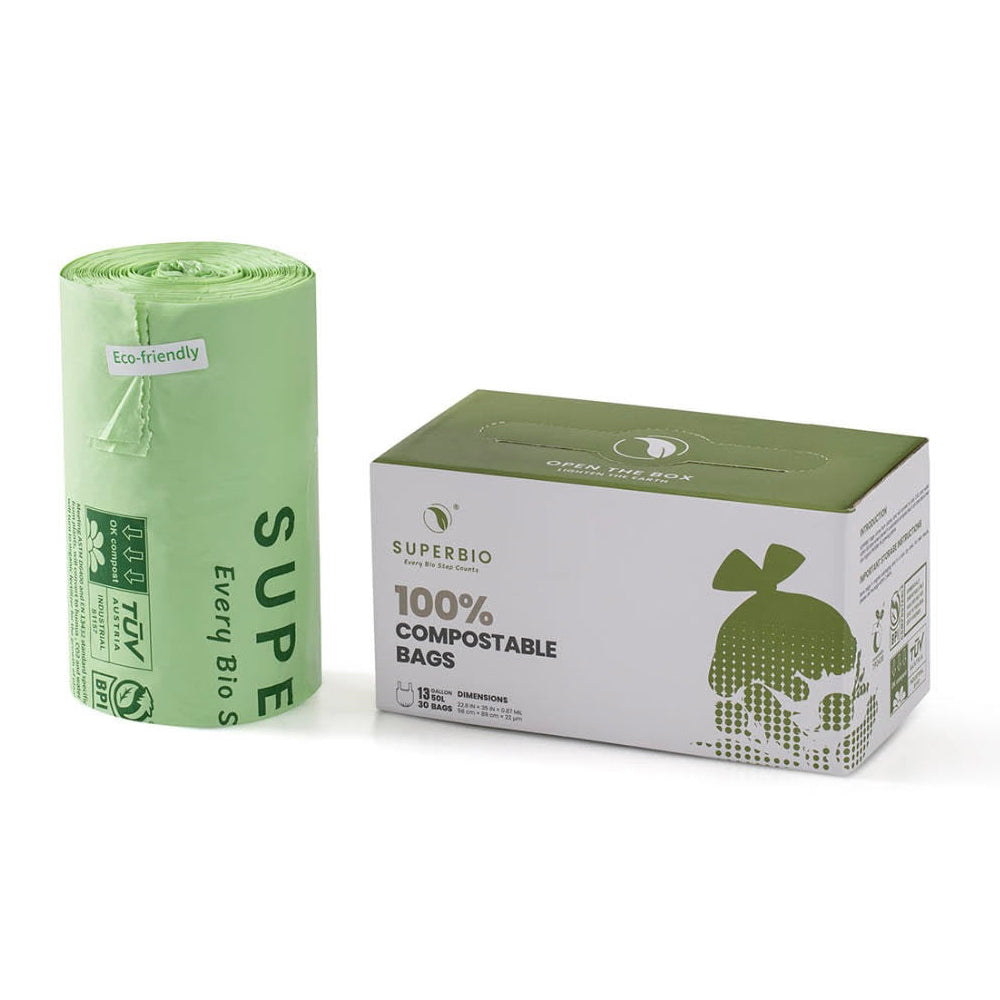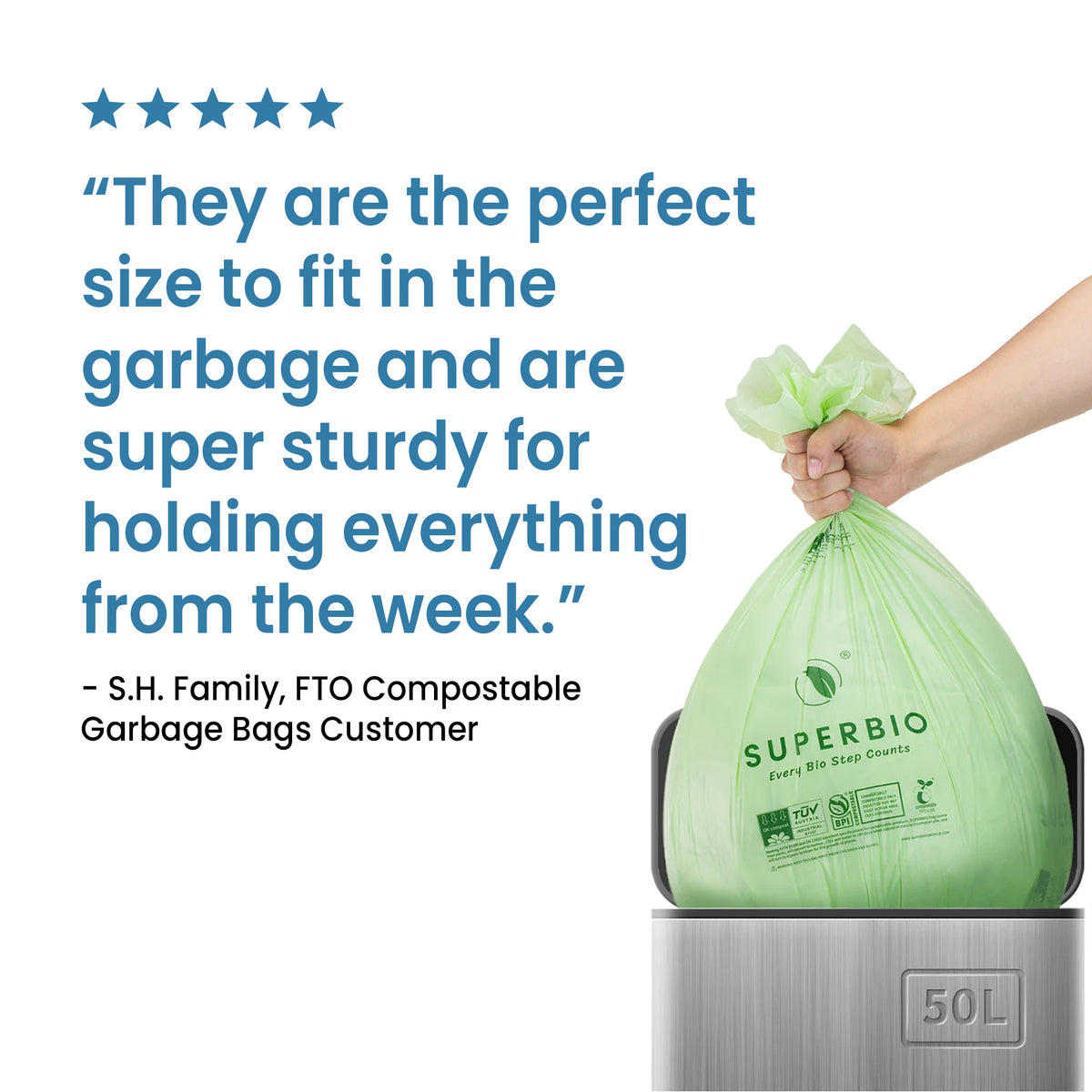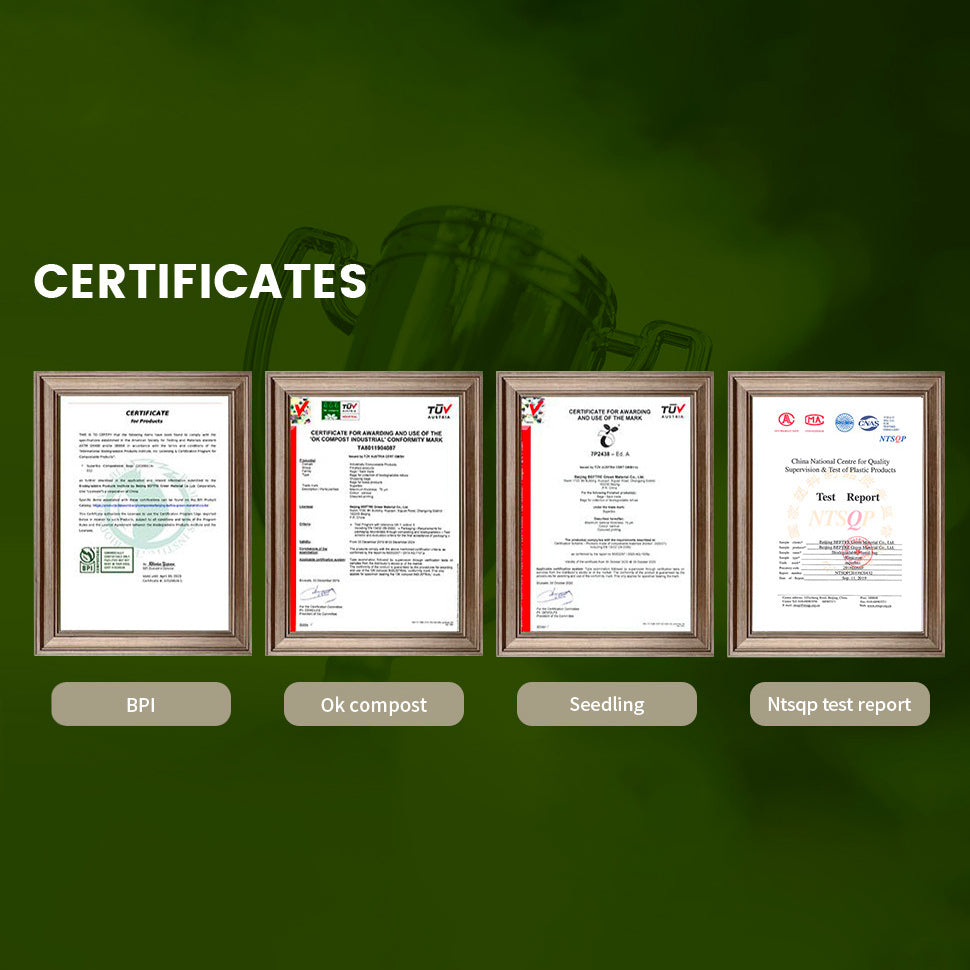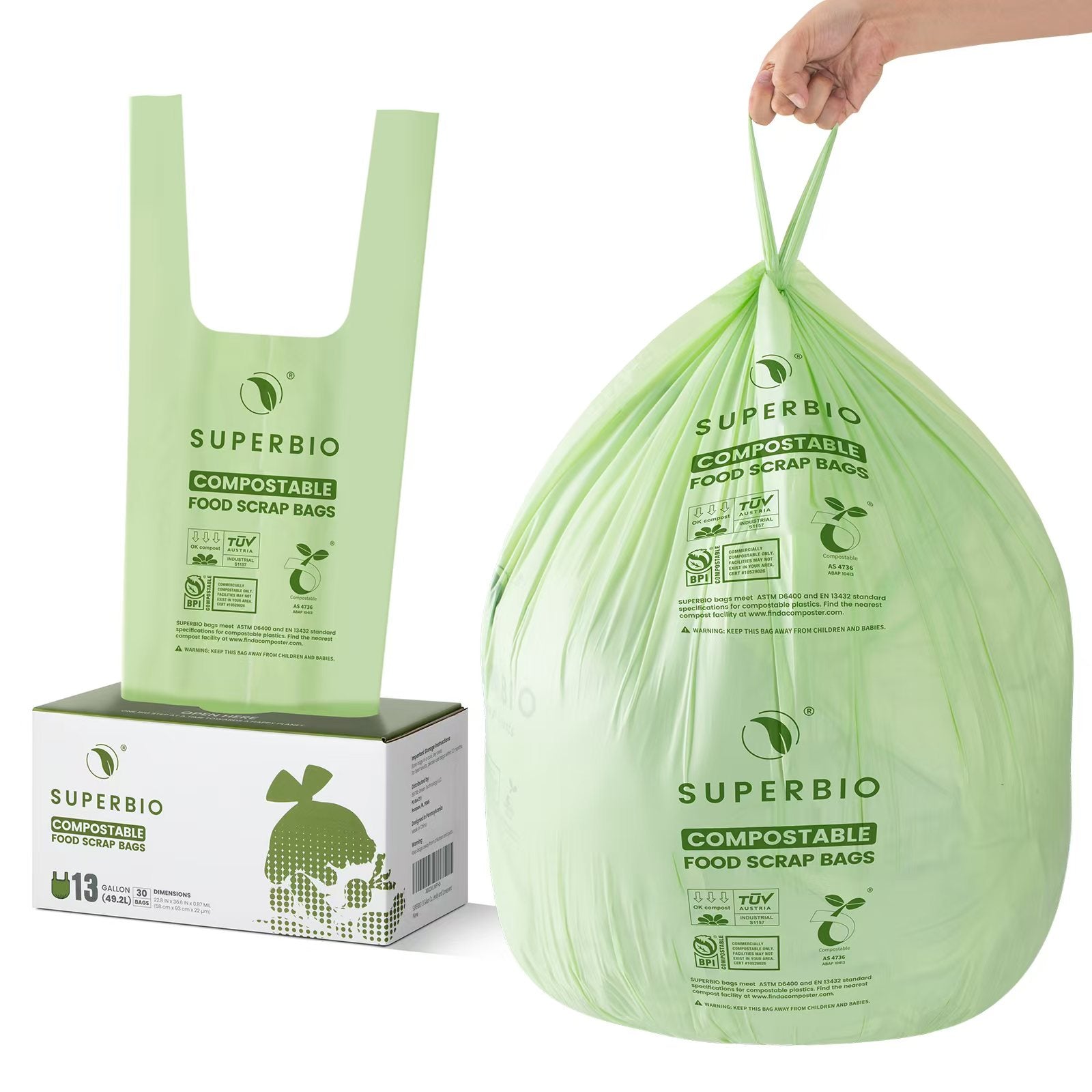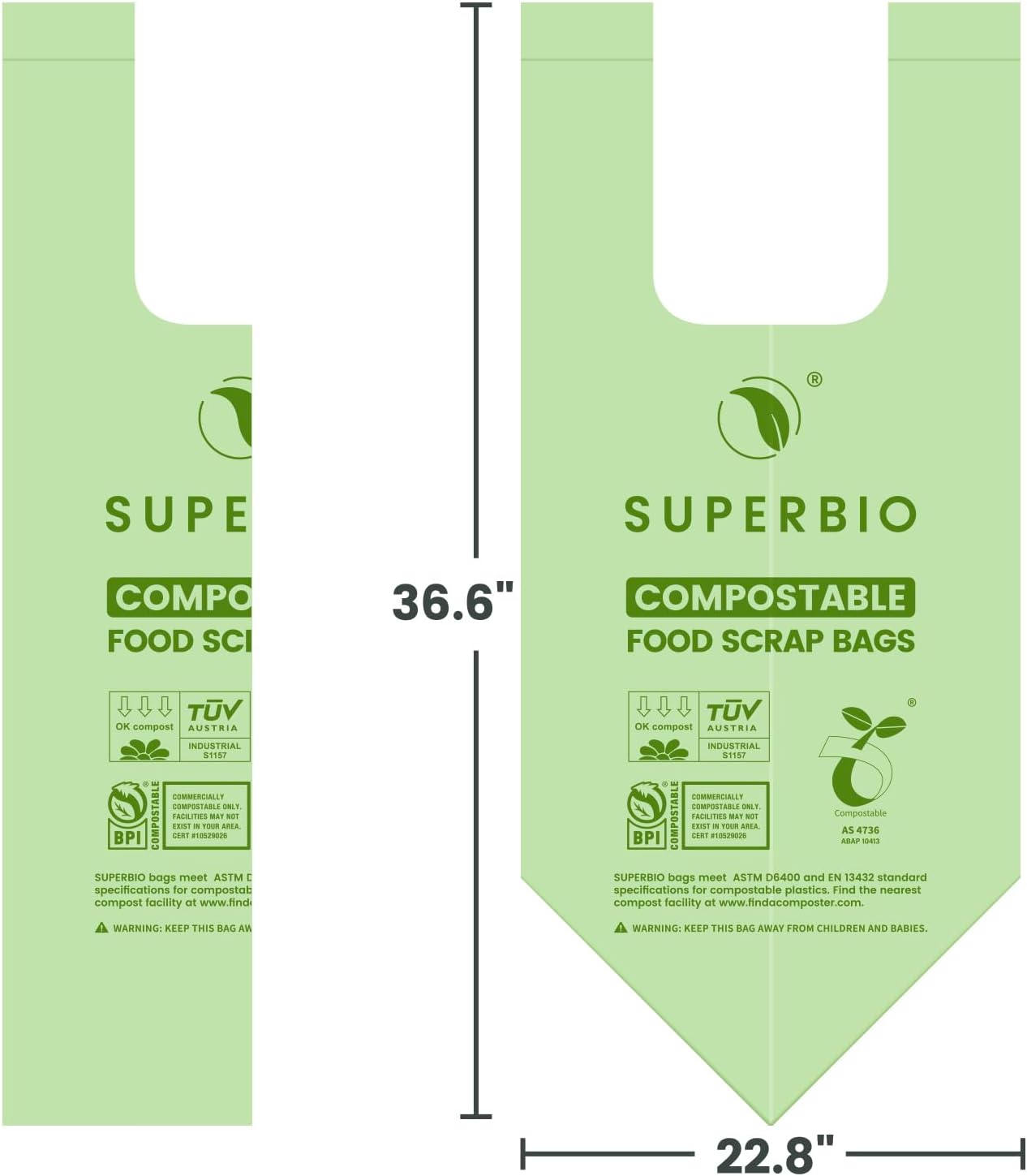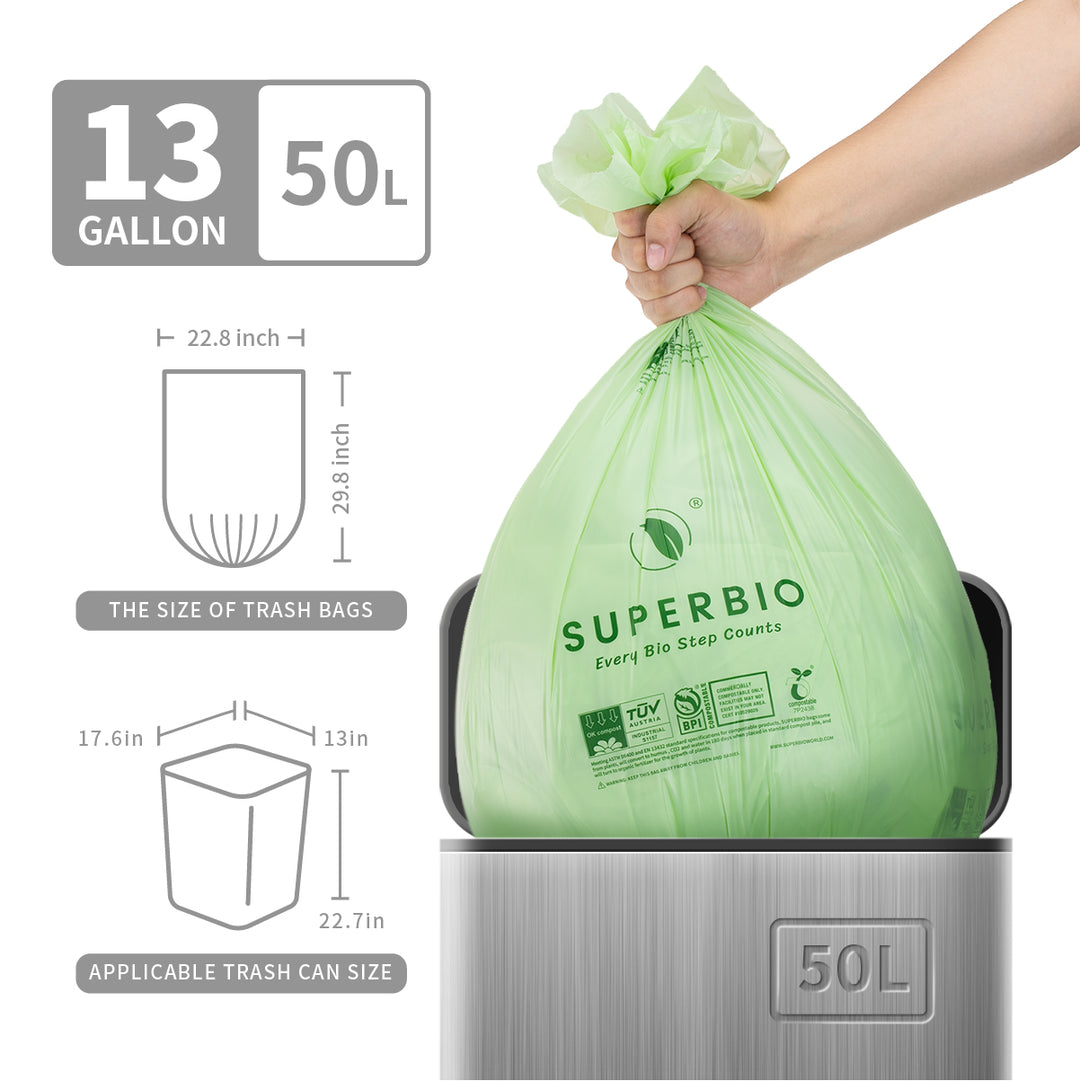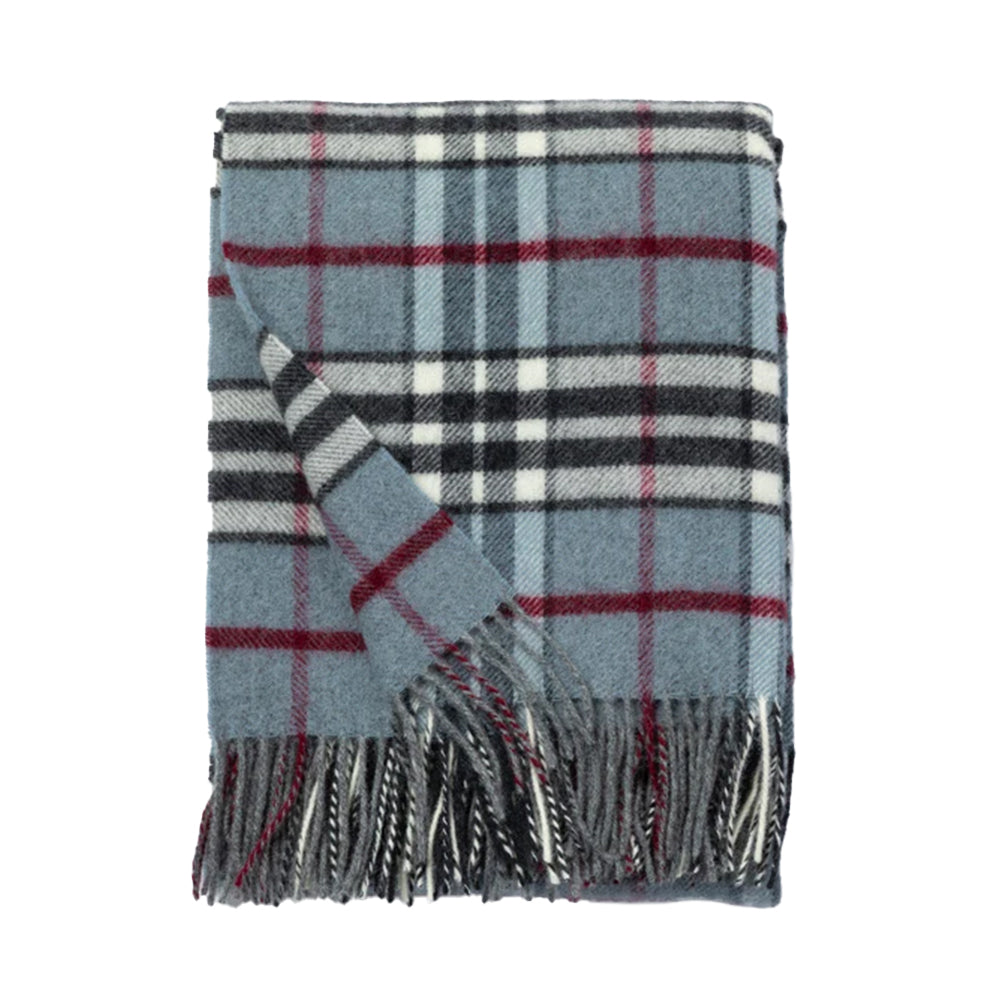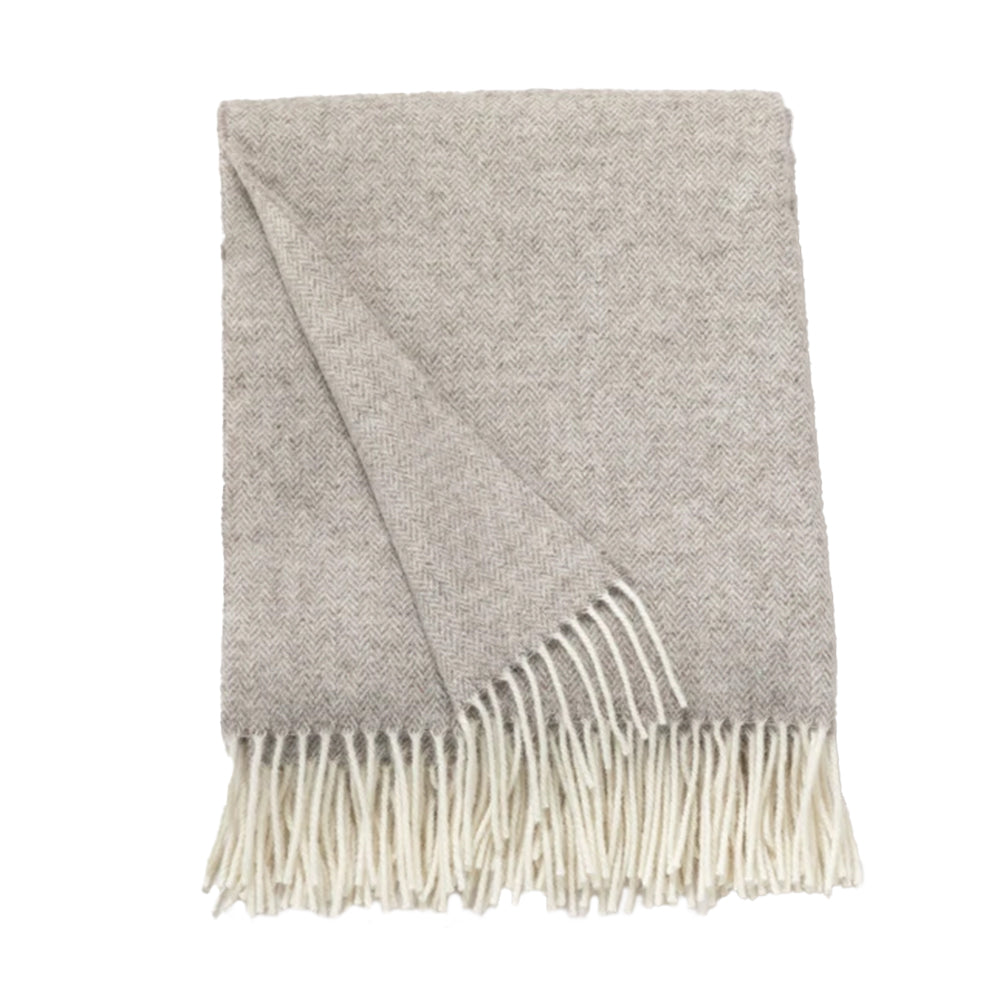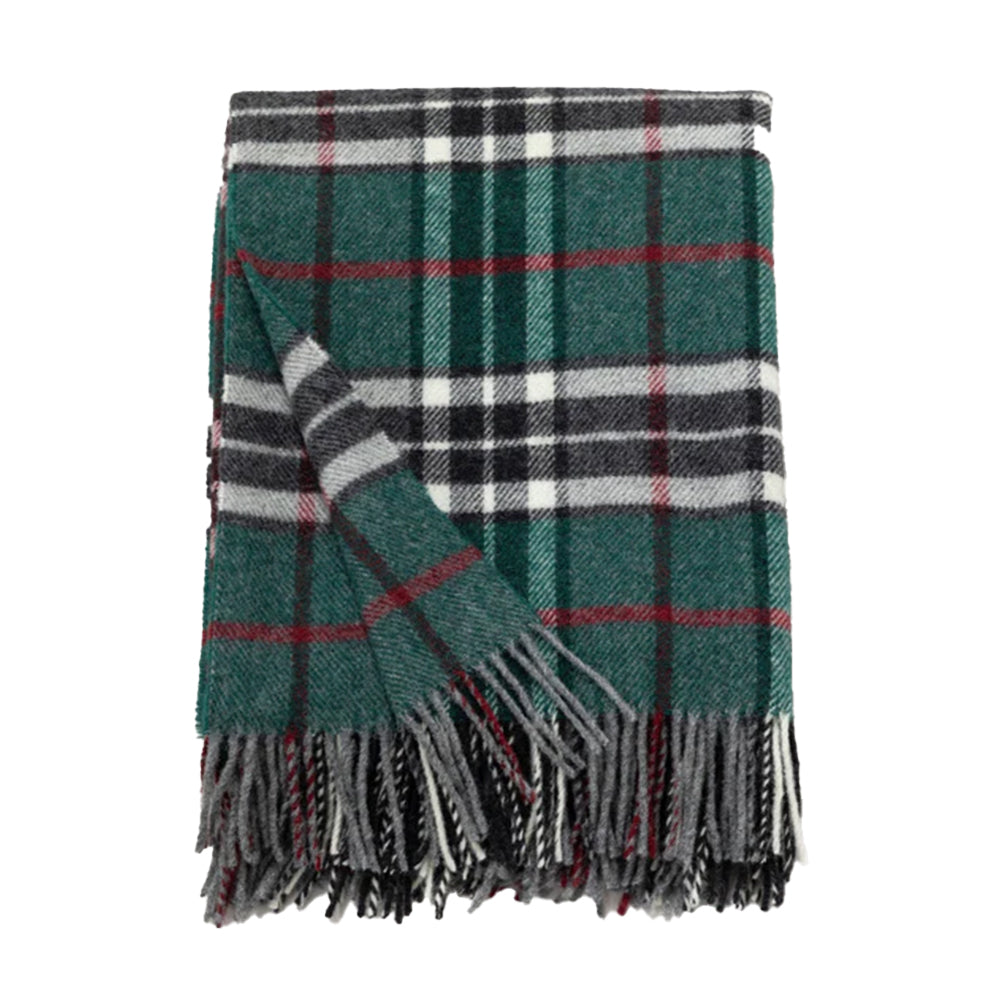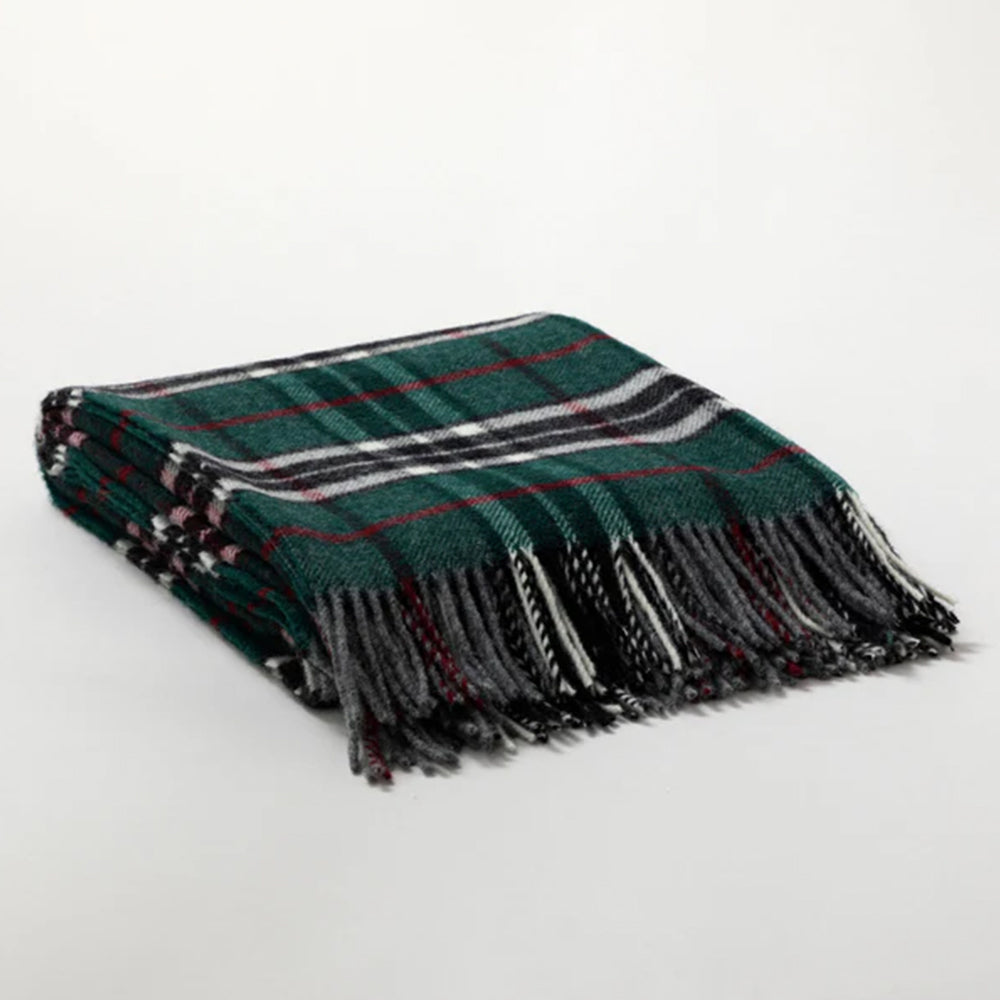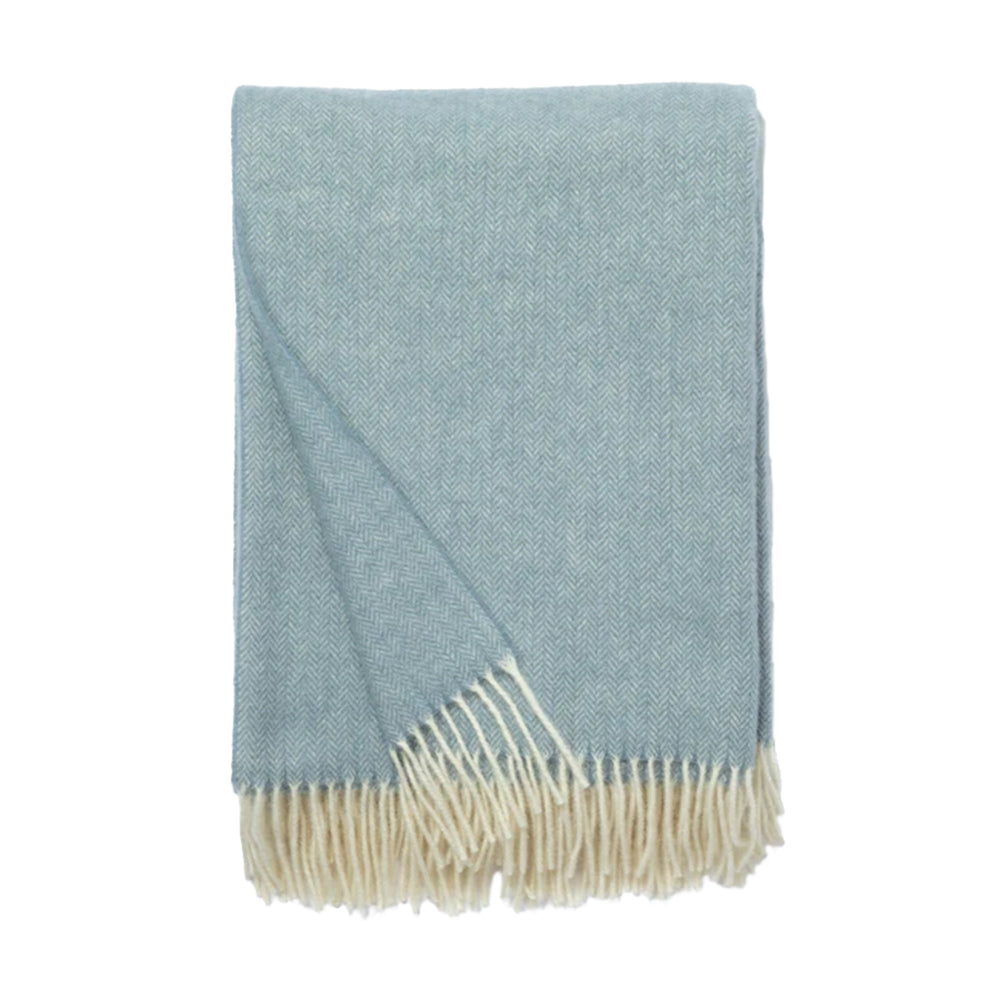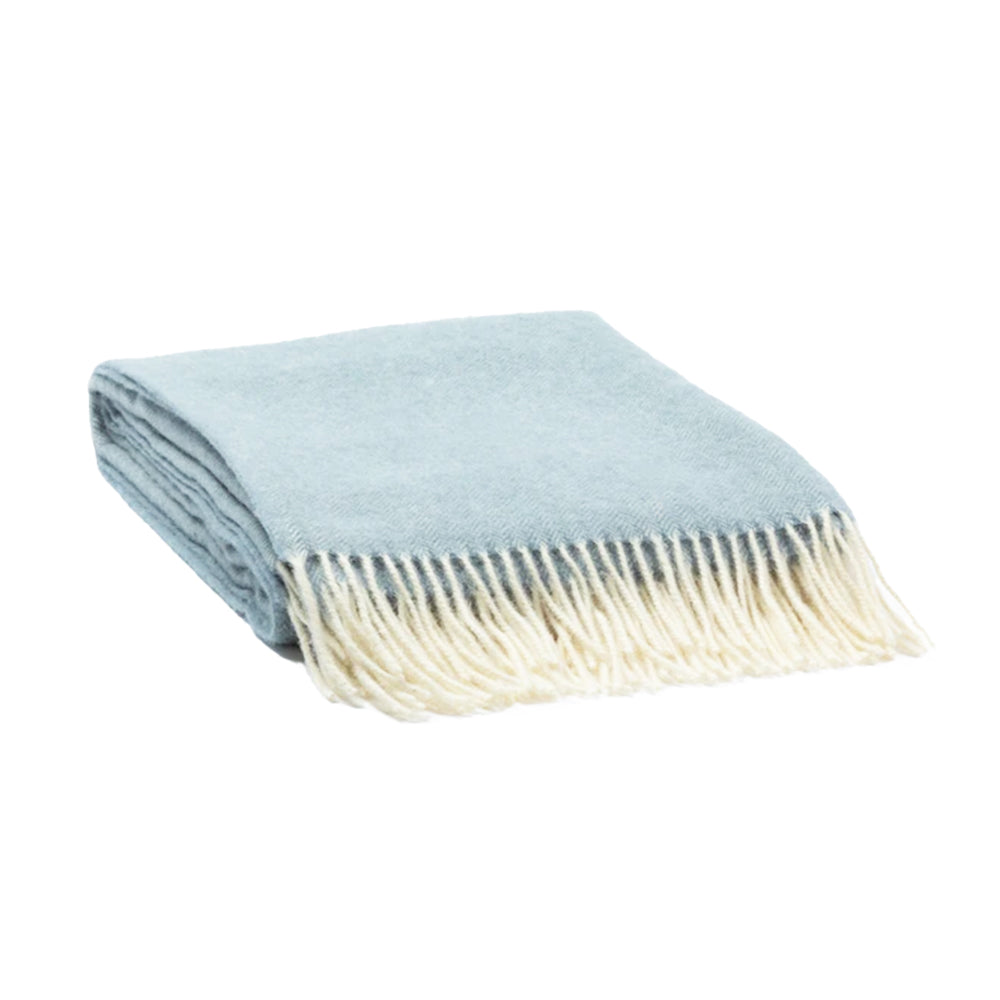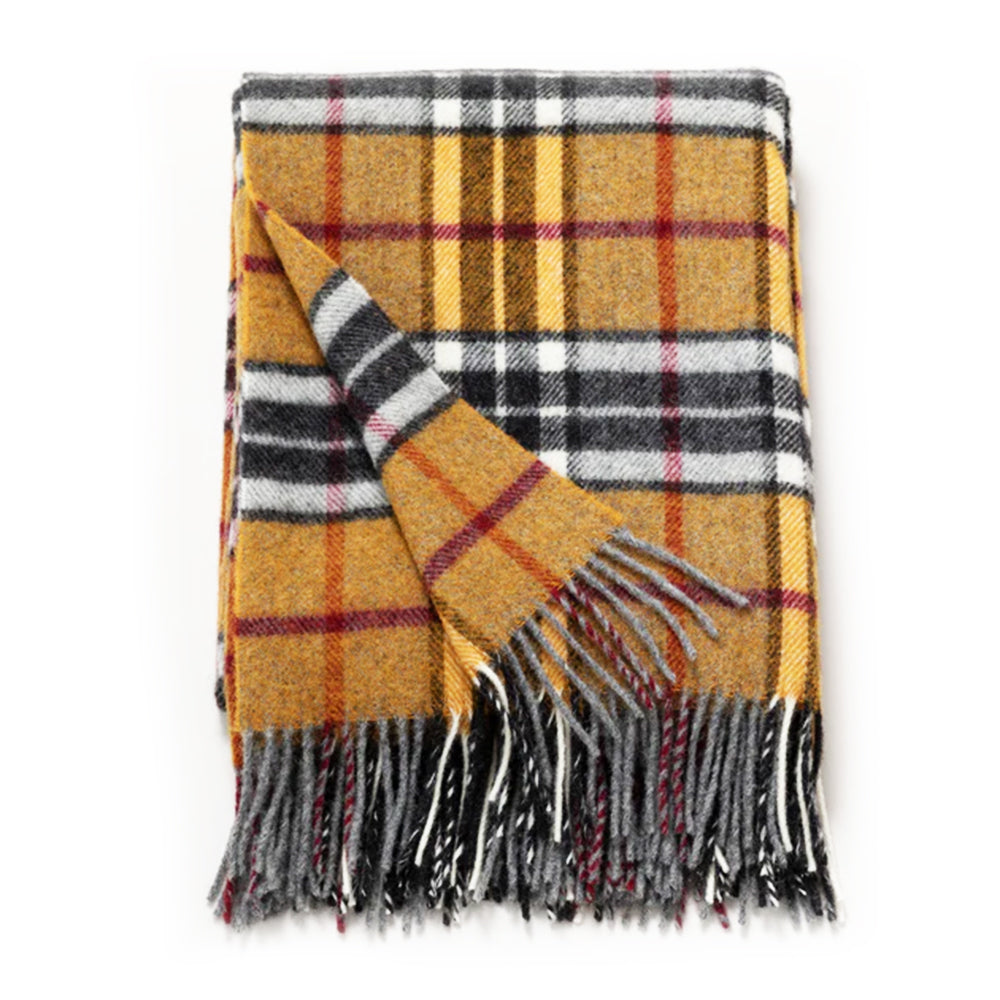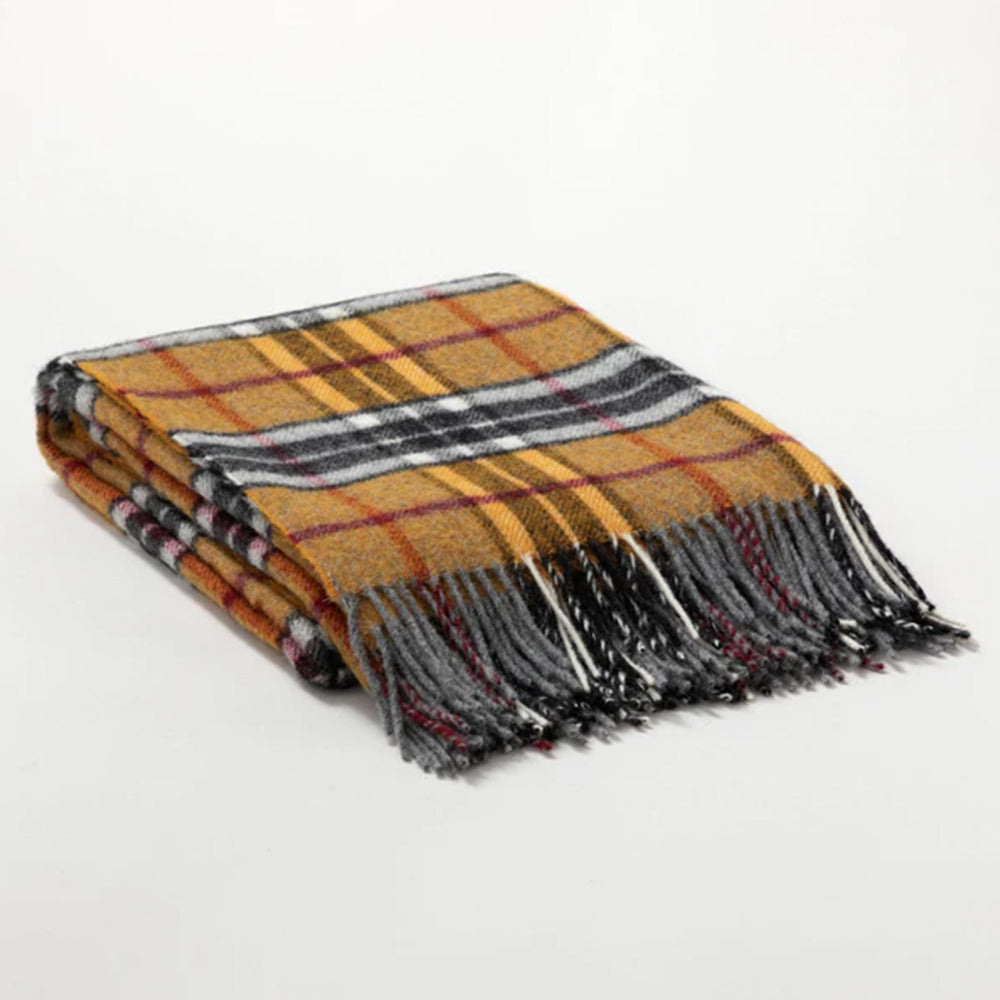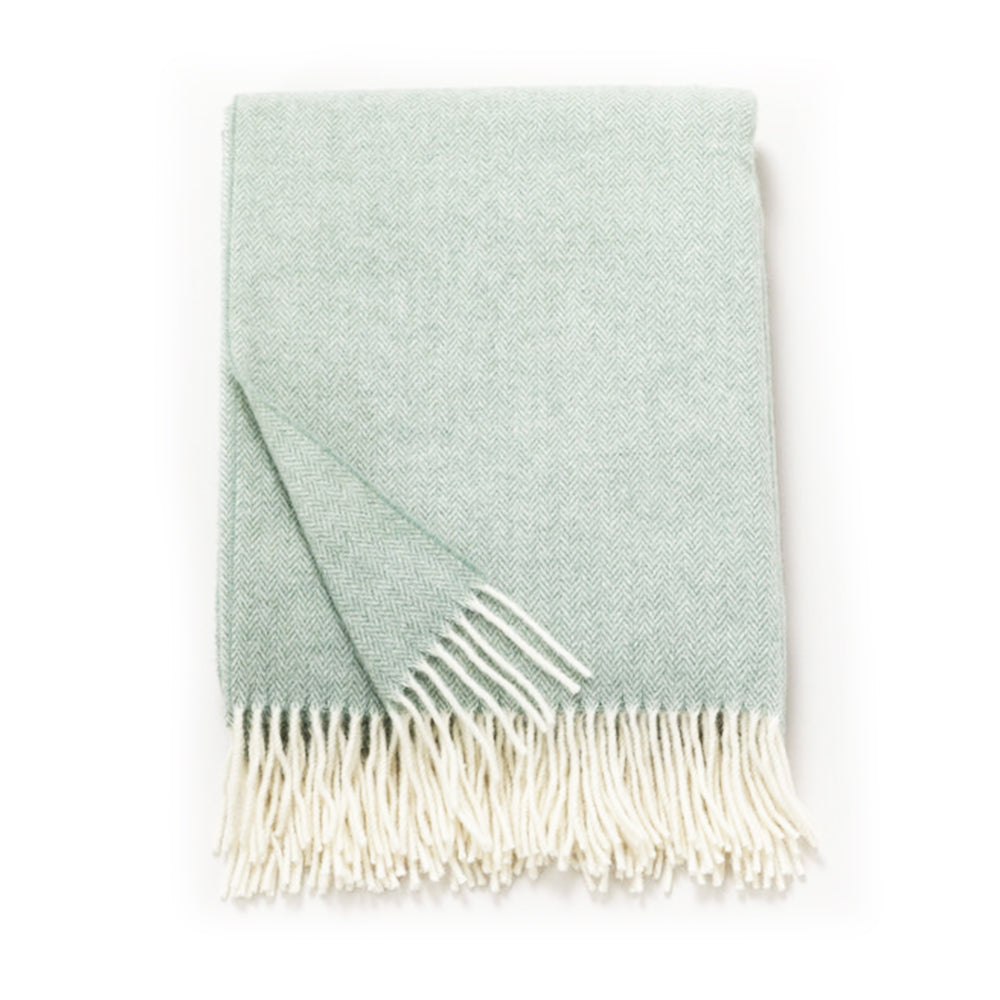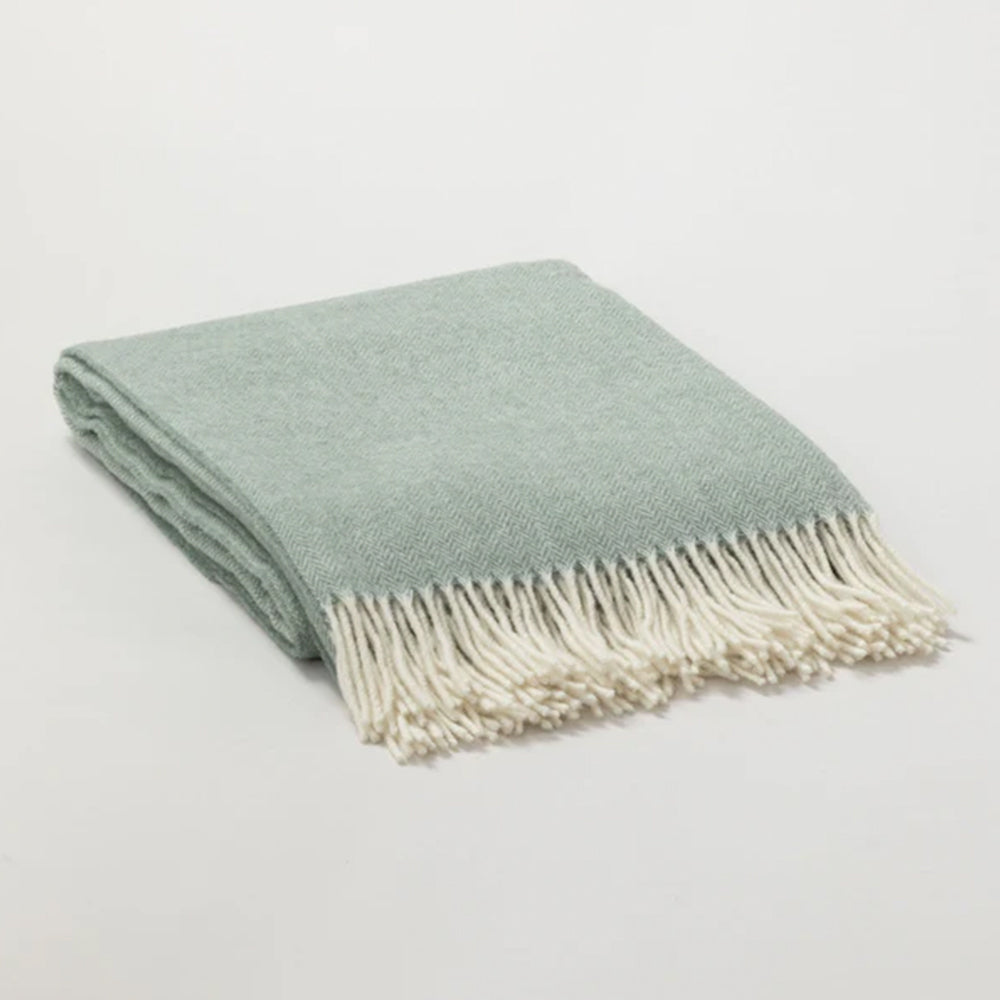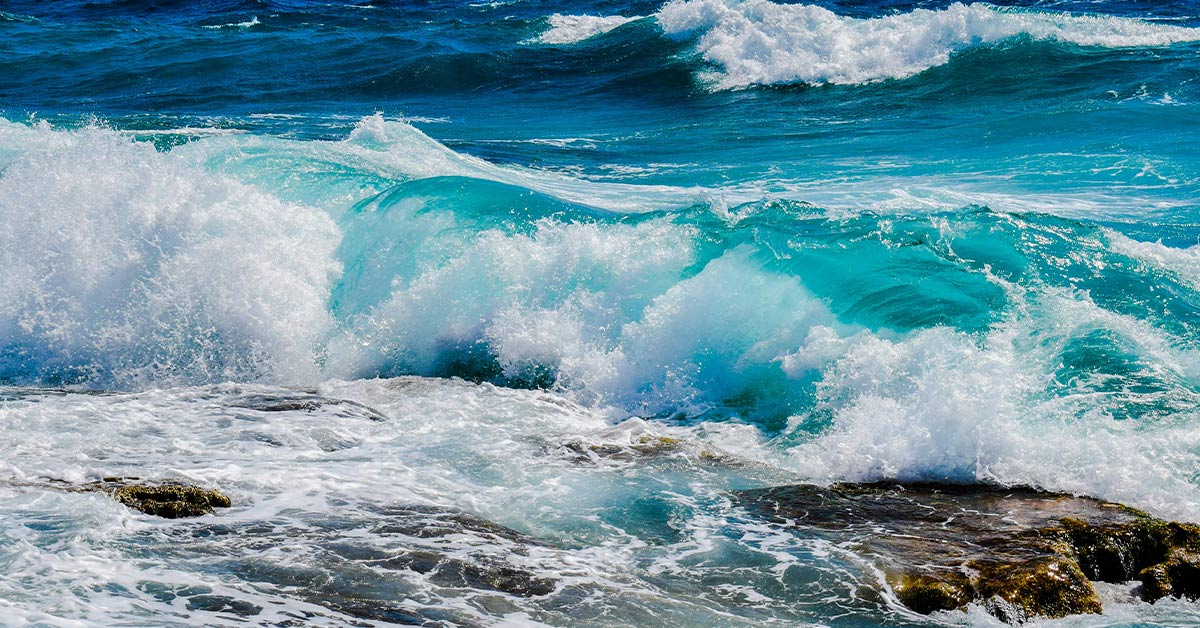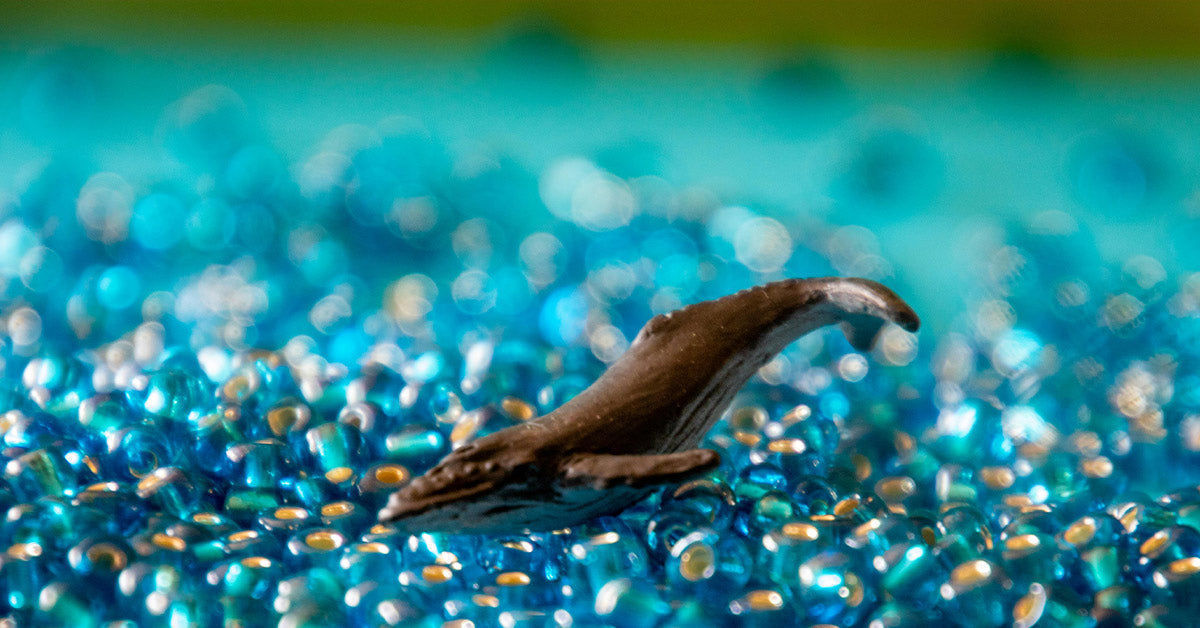Whales Turn Our Oceans Into Living Farms And We’ve Been Starving Them
The largest mammals on Earth do more than inspire awe. They keep the ocean alive. Baleen whales — from blues to humpbacks — act as mobile nutrient pumps, circulating iron, nitrogen, and phosphorus through their vast migratory routes. Every dive, gulp, and exhale contributes to the invisible chemistry that sustains life at sea.

Whales fertilize surface waters with iron, nitrogen, and phosphorus.
Feeding the Base of the Food Web
Scientists recently measured just how much whales fertilize the ocean. A study published in Proceedings of the National Academy of Sciences found that baleen whales release over 815 tons of nitrogen and 325 tons of phosphorus daily in the Nordic and Barents Seas during summer feeding months, fueling plankton blooms that ripple up the food chain.
This natural “whale pump” lifts nutrients from the depths, spreading them where sunlight allows phytoplankton — the ocean’s primary producers — to thrive. Higher phytoplankton growth means more zooplankton, fish, and ultimately, more life across the sea.

Their waste sparks phytoplankton blooms.
Poop That Powers Productivity
Whales are surprisingly efficient recyclers. According to Science News, blue and humpback whales eat about three times more krill than scientists once believed — up to 16 metric tons a day for a single blue whale. Their iron-rich waste, expelled near the surface, feeds phytoplankton blooms that in turn sustain krill and countless marine species.
When industrial whaling decimated populations by as much as 99%, these iron cycles broke. Krill numbers plunged by over 80% in heavily hunted regions, starving ecosystems once abundant with life.
If whale numbers returned to pre-whaling levels, Southern Ocean productivity could rise by 11 percent — and the ocean could store the carbon equivalent of removing 170 million cars from the road each year, researchers estimate.
The Great Whale Conveyor Belt
The story extends far beyond feeding grounds. Migrating whales act as a living conveyor belt, carrying nutrients from polar waters to the tropics. A study published in Nature Communications showed that gray, humpback, and right whales collectively move nearly 3,800 tons of nitrogen annually from nutrient-rich feeding zones to low-latitude breeding grounds.
When whales fast and metabolize their stored energy, they excrete urea and release placentas, carcasses, and even milk — all rich in nitrogen and carbon. These nutrient infusions spark new phytoplankton blooms in otherwise barren tropical waters. In Hawaii’s Humpback Whale National Marine Sanctuary, the nitrogen from whales during breeding season now matches or exceeds that supplied by ocean currents, according to the Nature Communications study.

More phytoplankton means more zooplankton and fish.
A Lifelong Legacy Beneath the Waves
Even a single whale makes a difference. Over a lifetime, one female humpback could deliver more than 700 kilograms of nitrogen to breeding grounds, stimulating enough carbon production to equal her own body weight. When she dies, her 27-ton carcass becomes a deep-sea feast, nourishing fish, crabs, and sharks.
Before industrial whaling, these nutrient highways ran at three times today’s scale. The loss of millions of whales erased an unseen ecological engine. Now, as populations rebound, scientists say restoring whales could revive these ancient cycles — boosting productivity, supporting fisheries, and strengthening the ocean’s ability to lock away carbon.
Whales are not just giants of the deep. They are engineers of the planet’s most vital ecosystem.











































































































